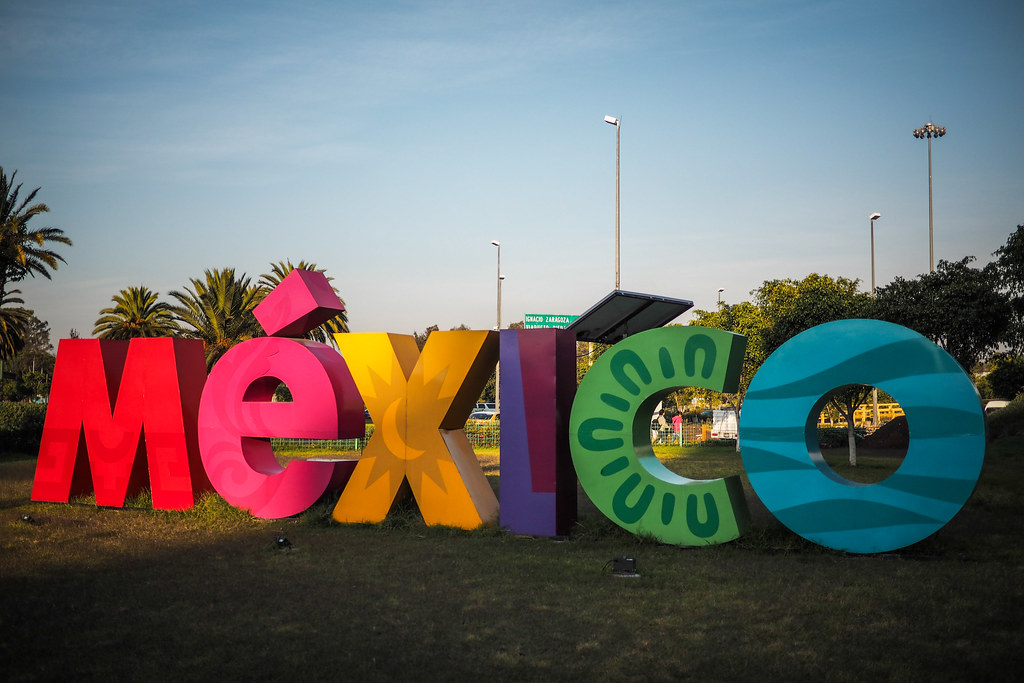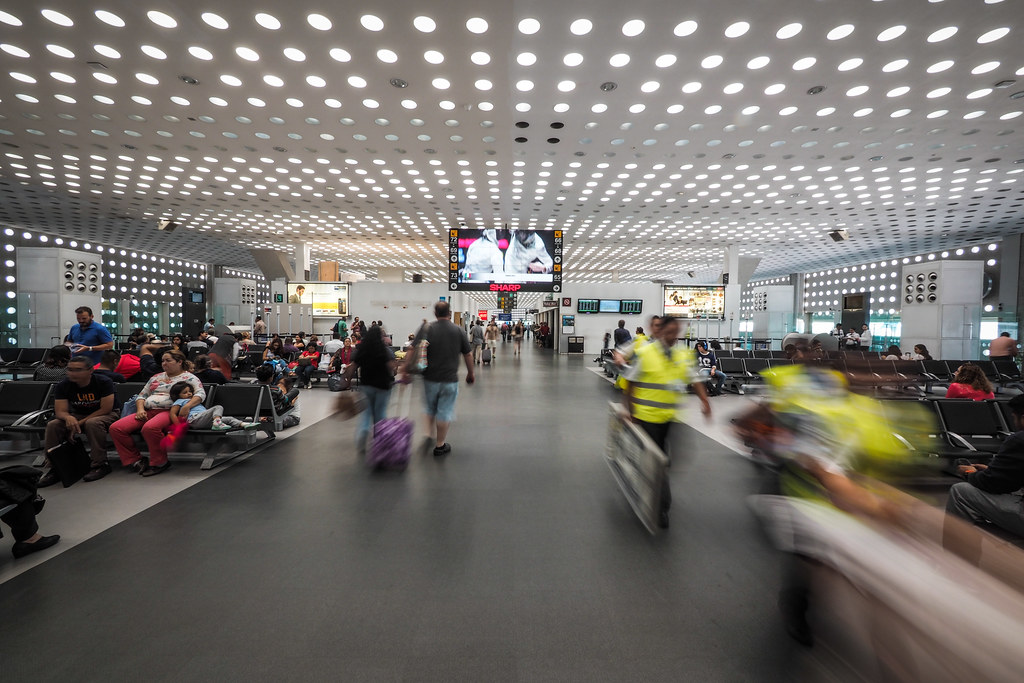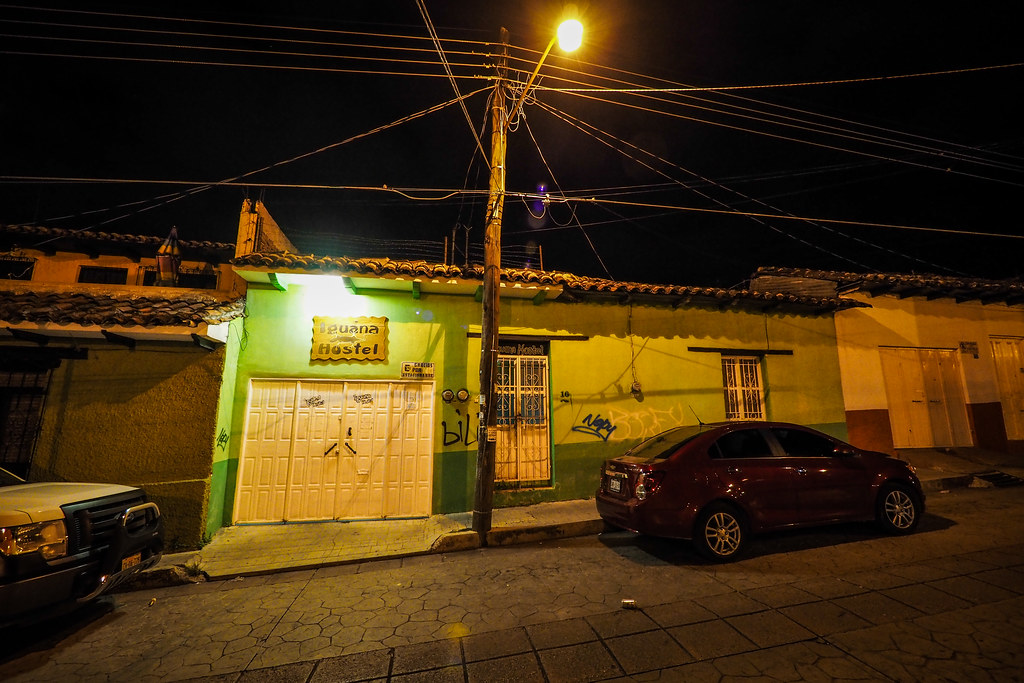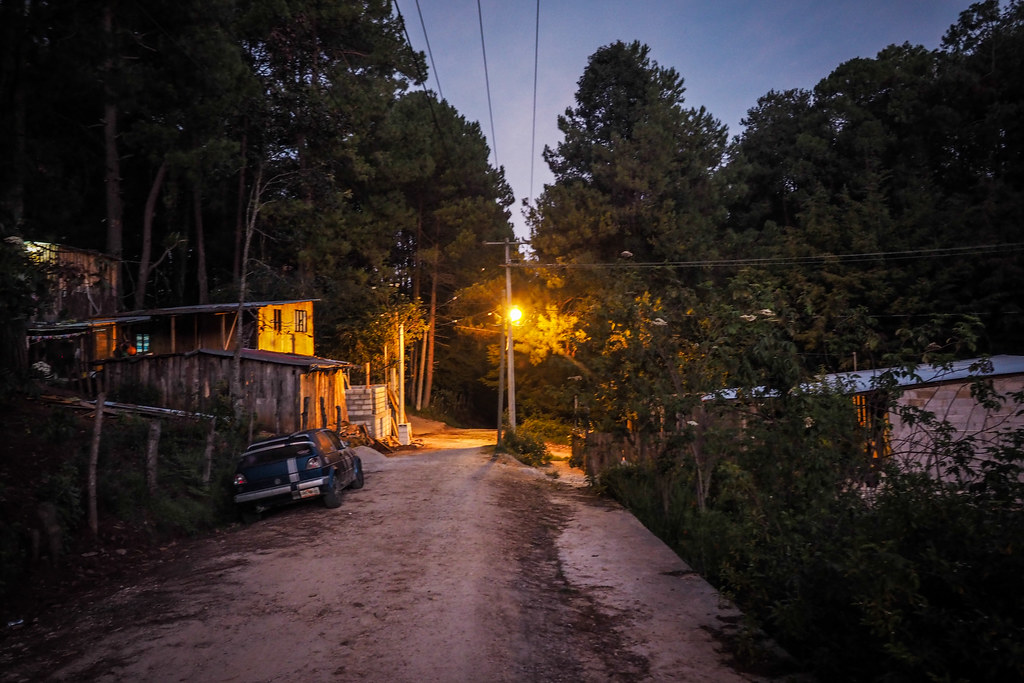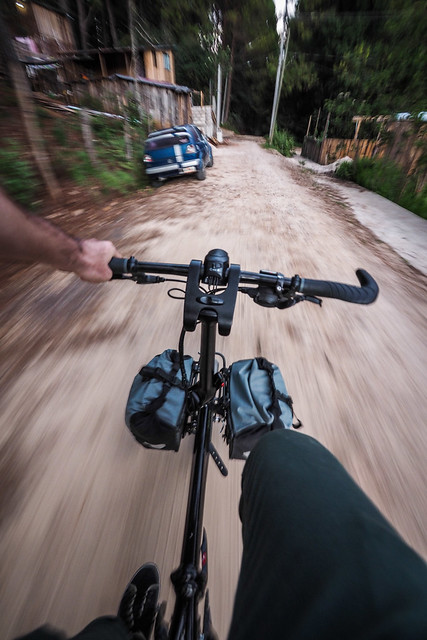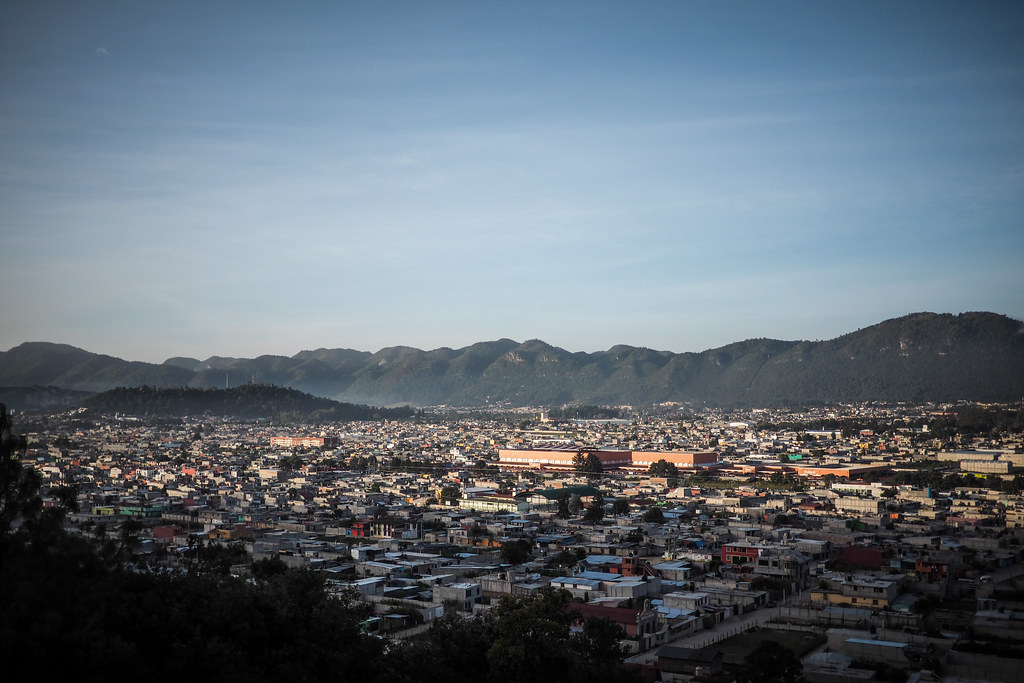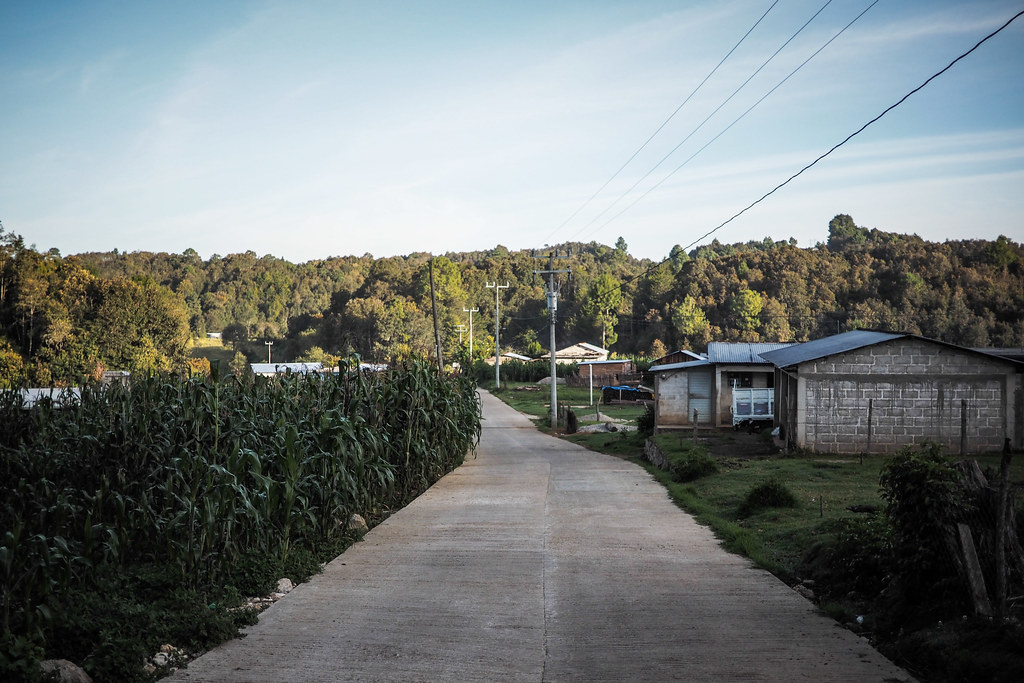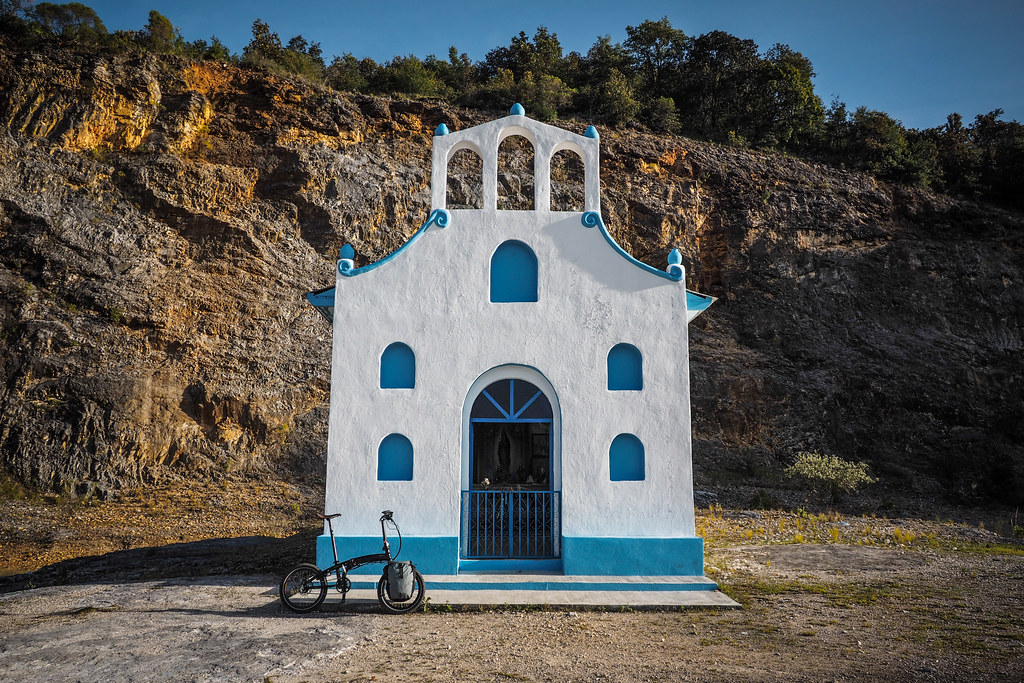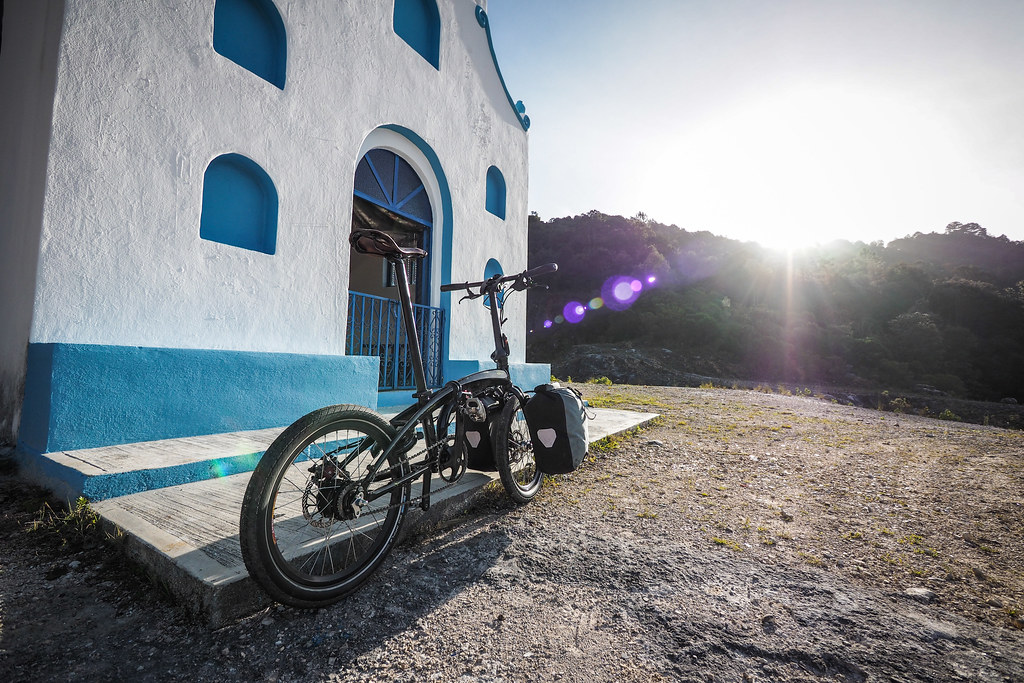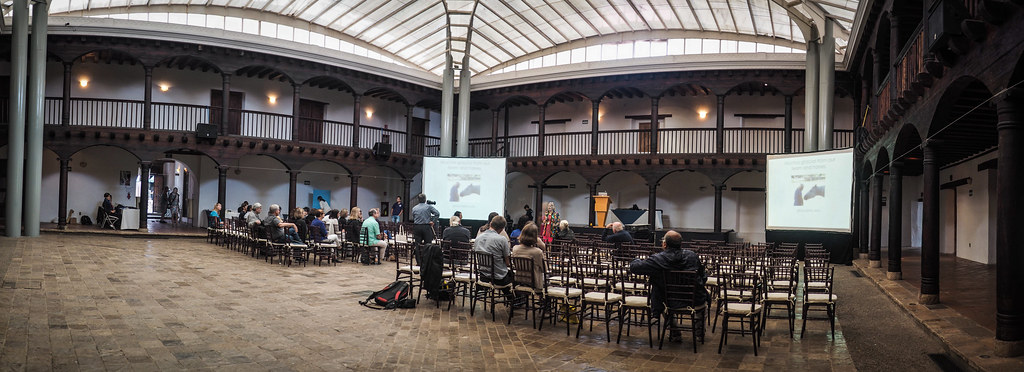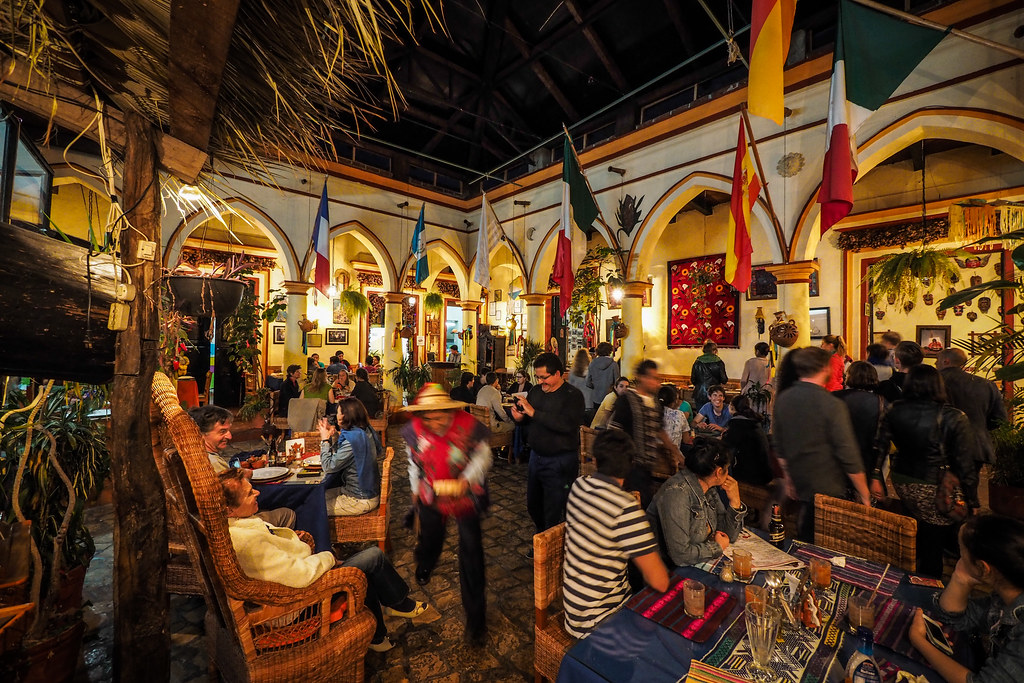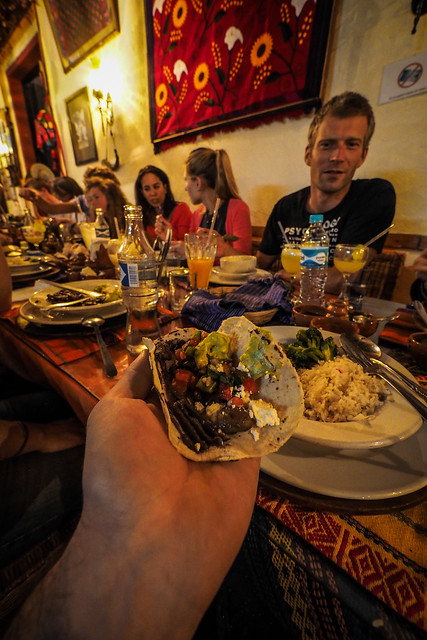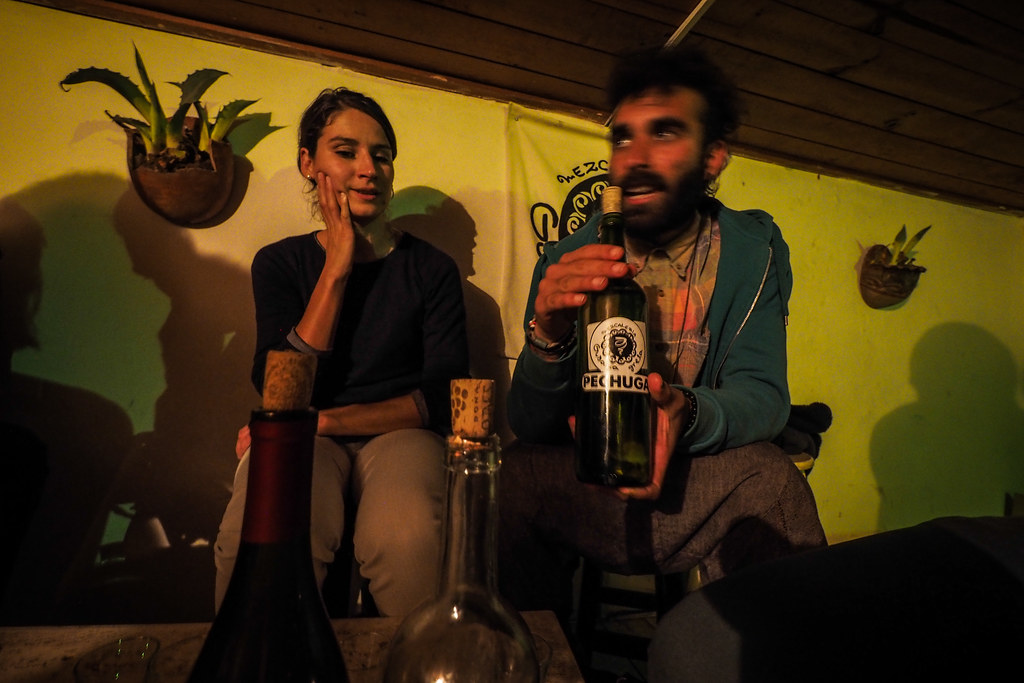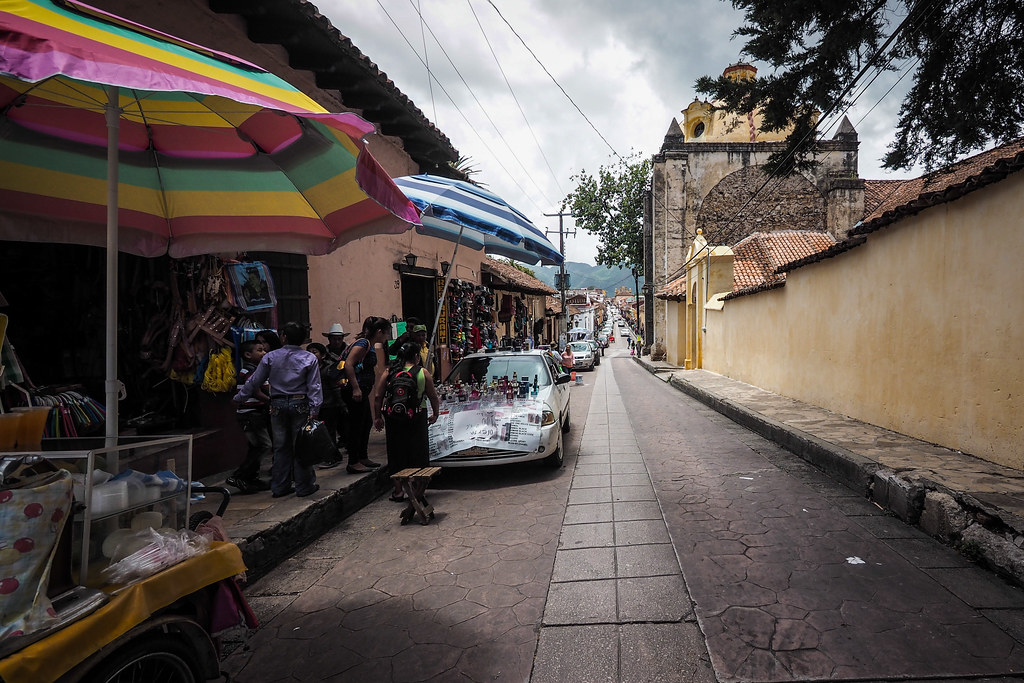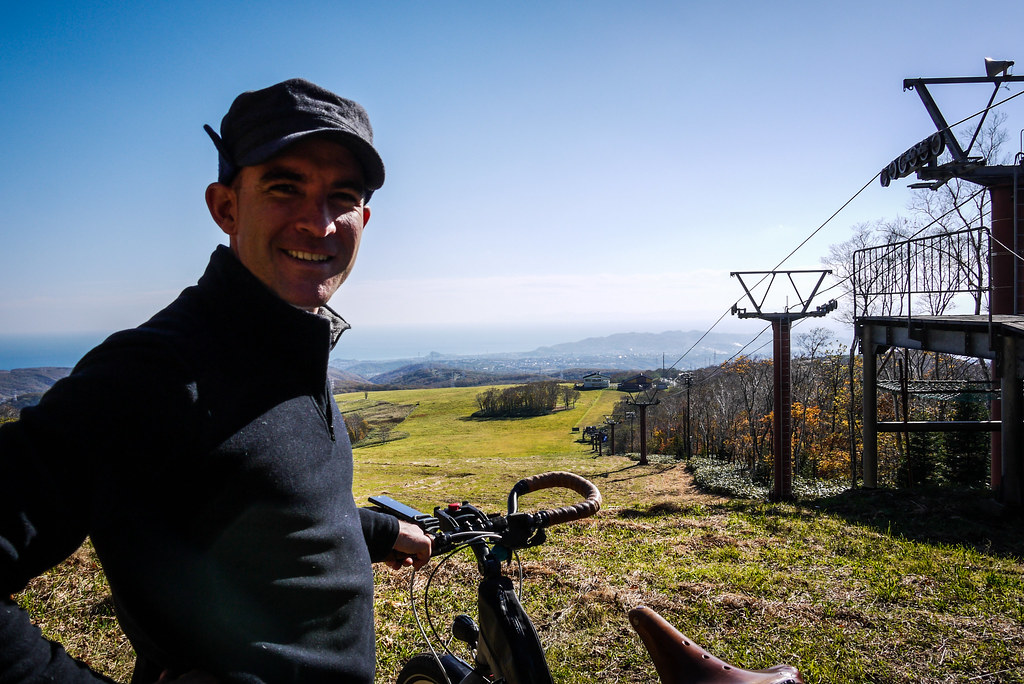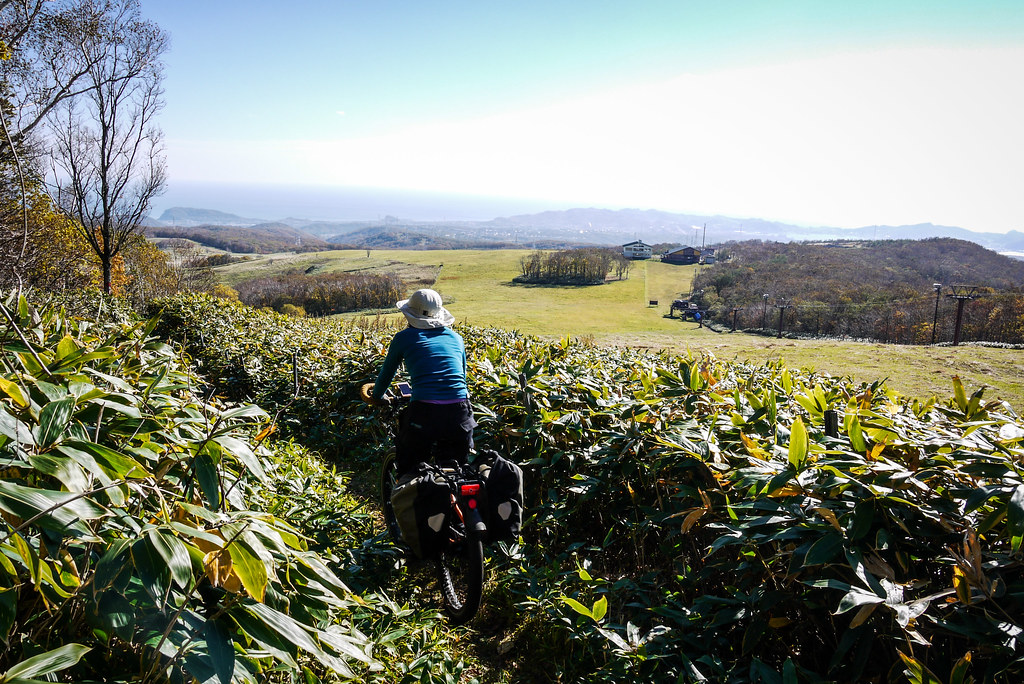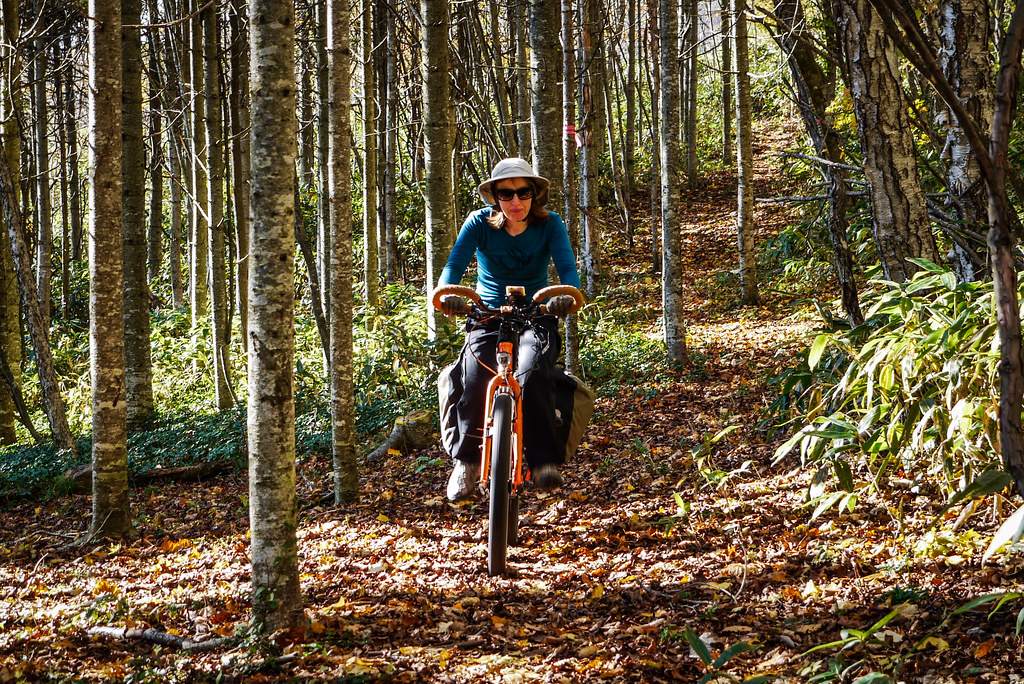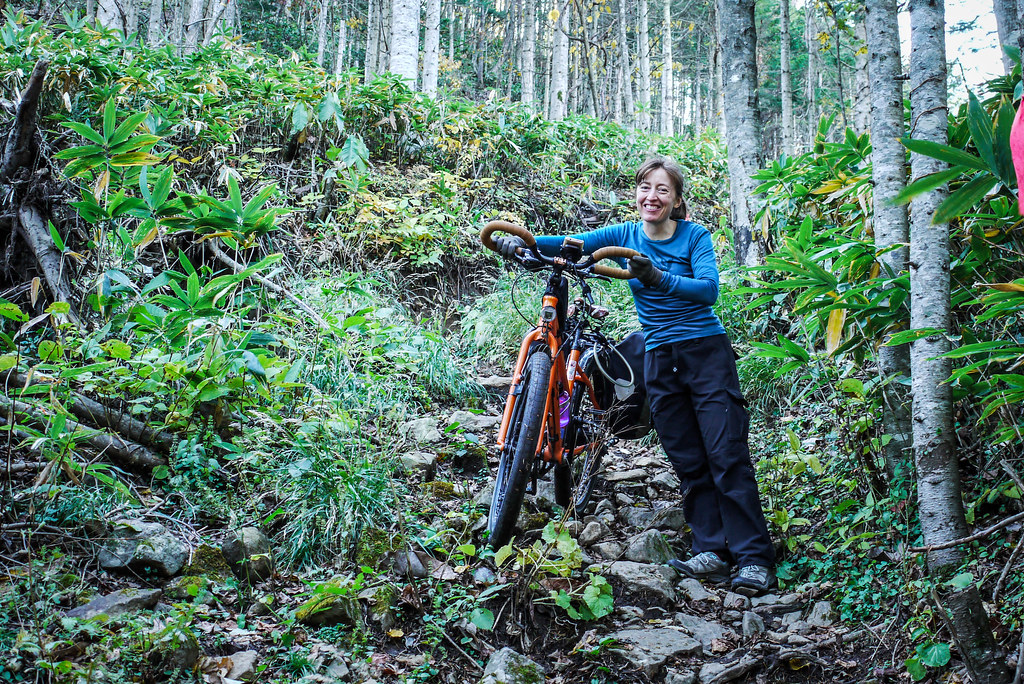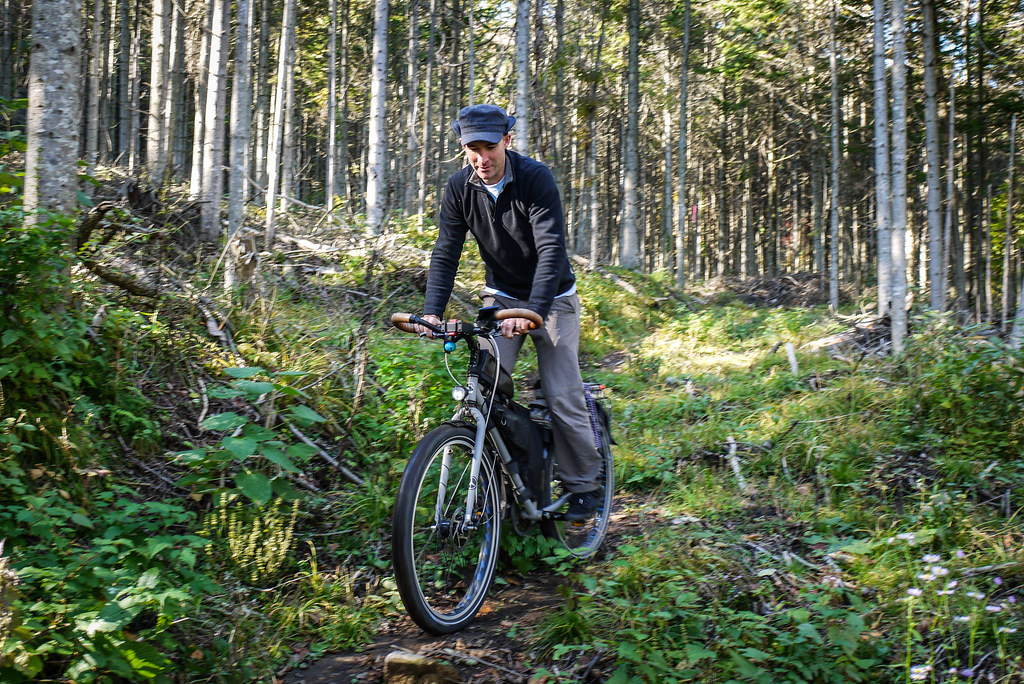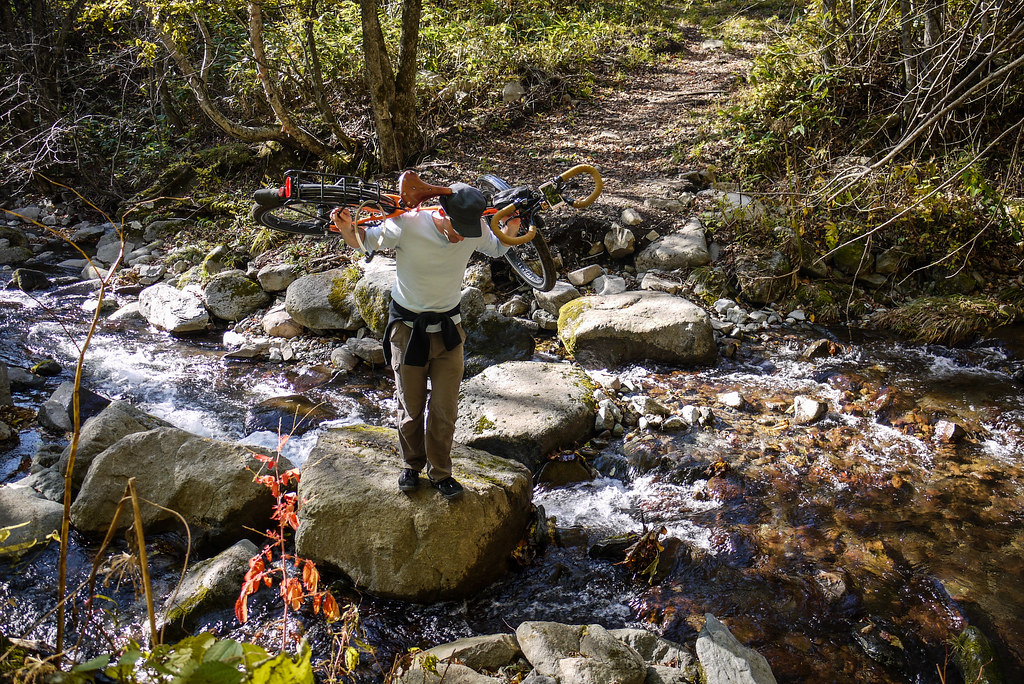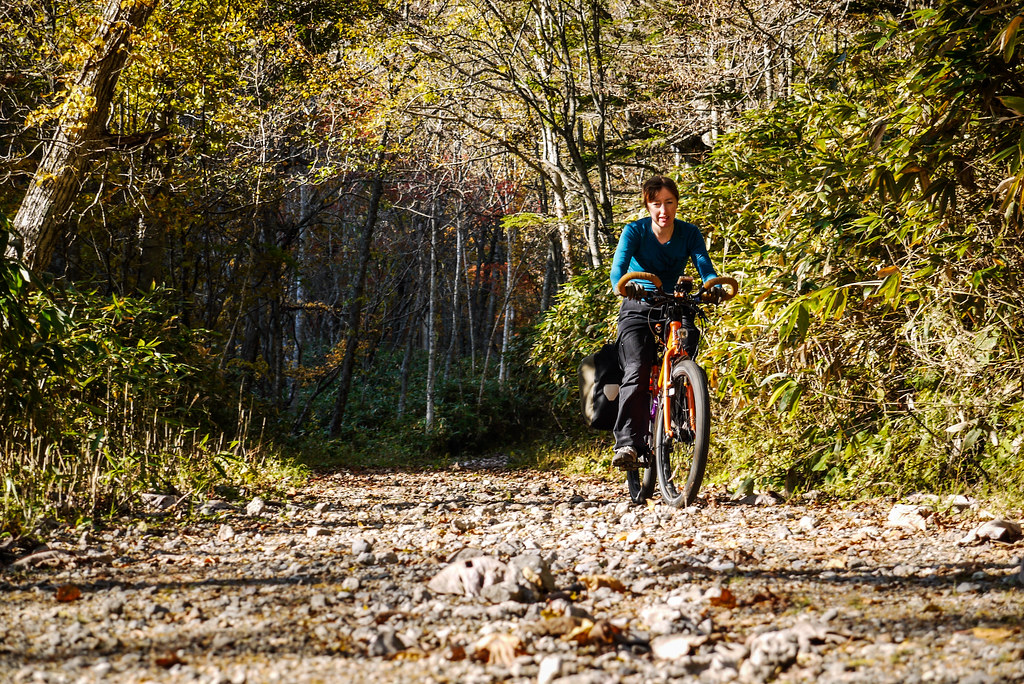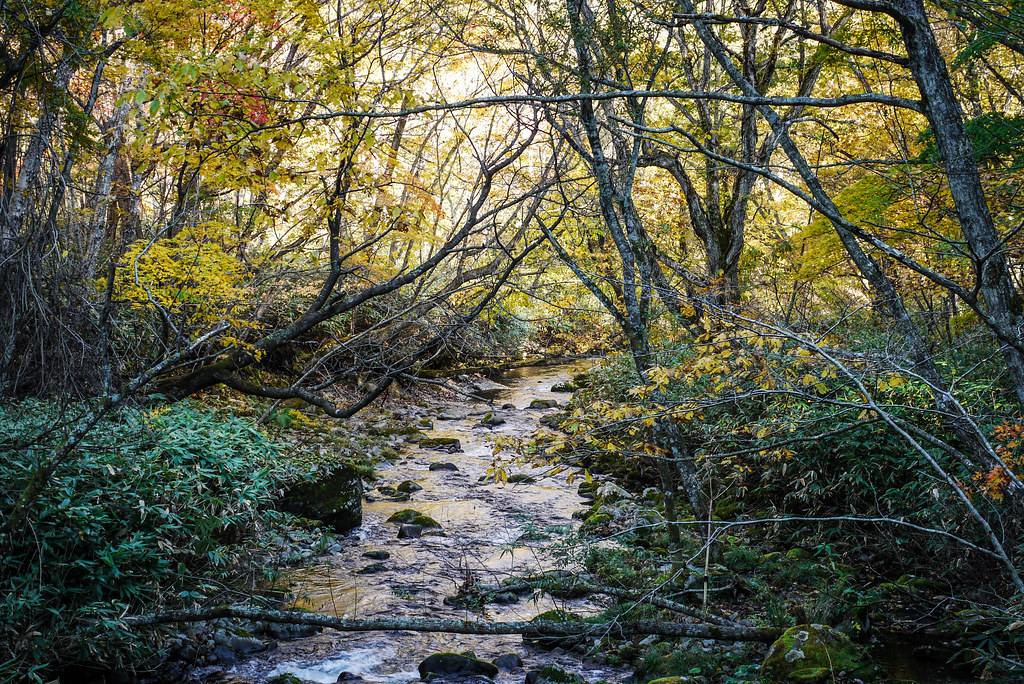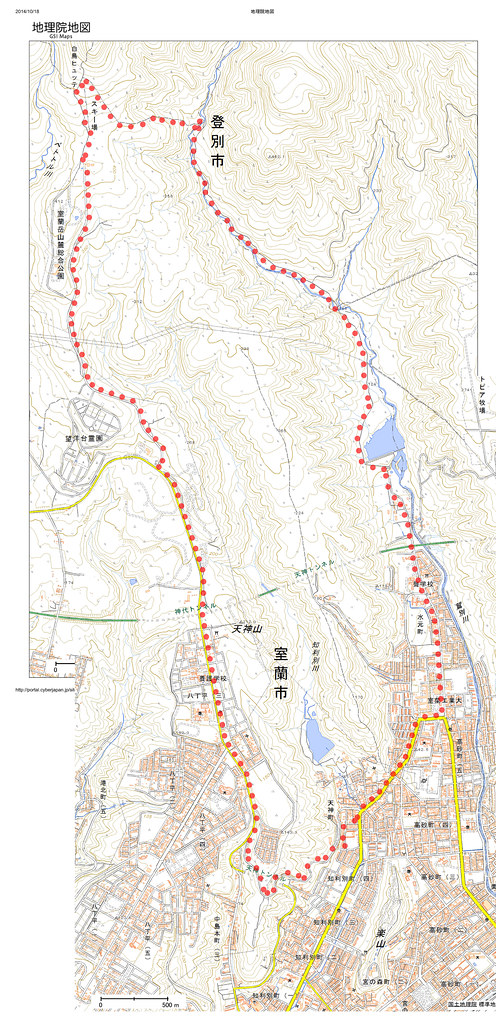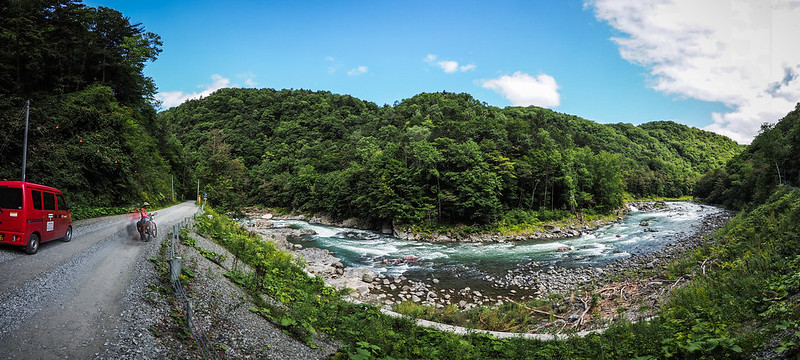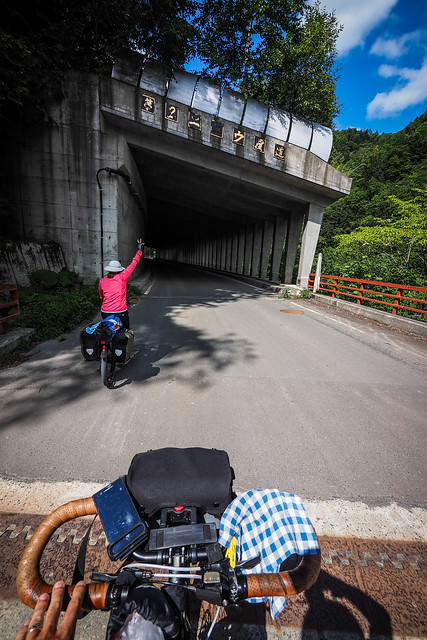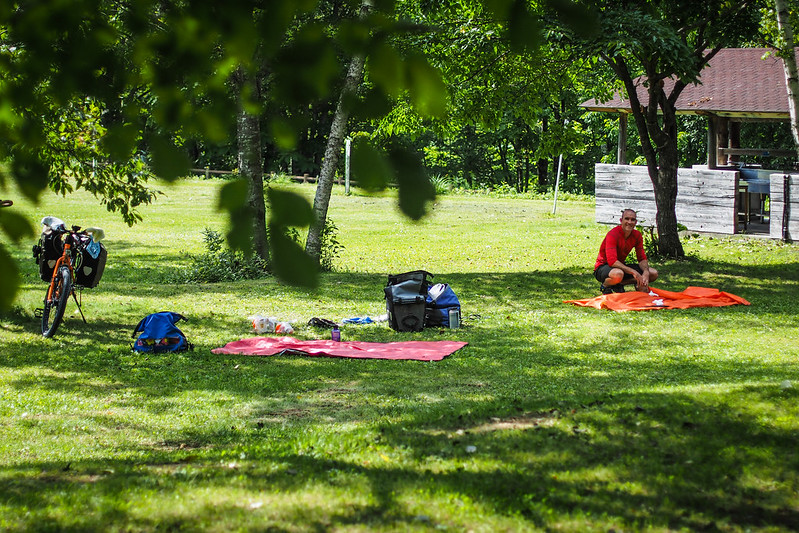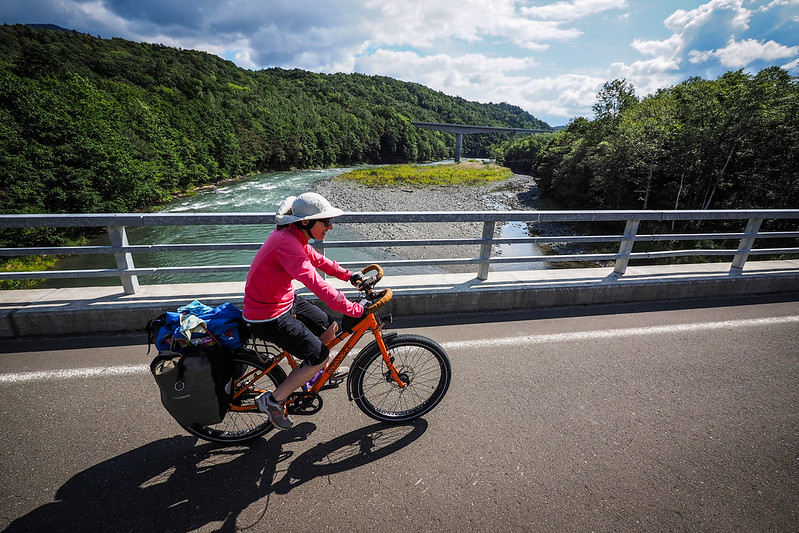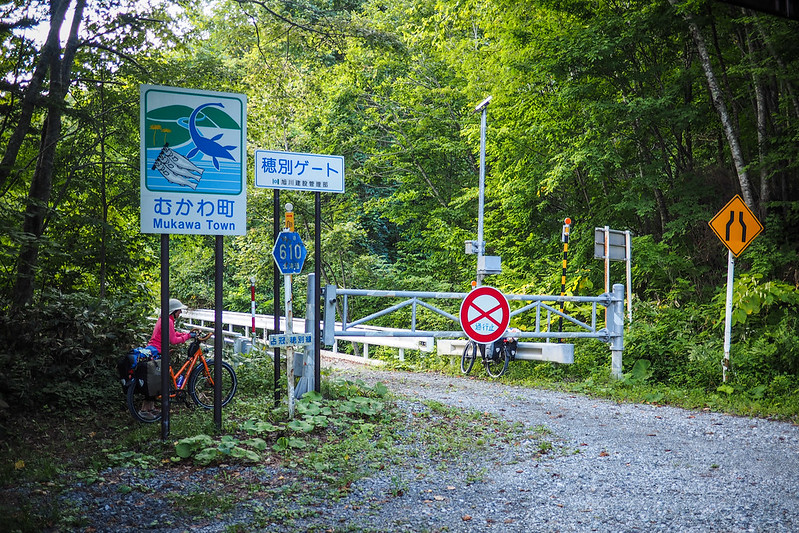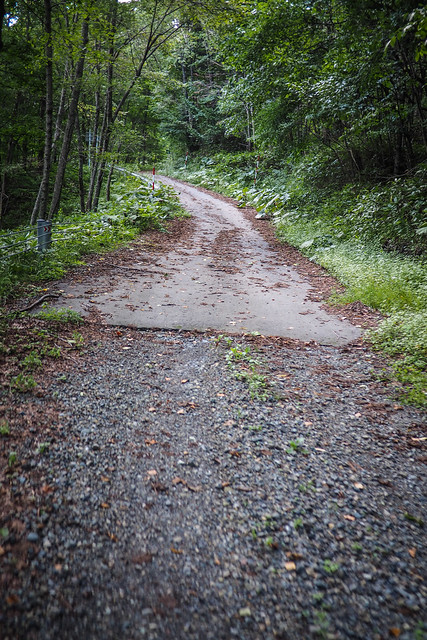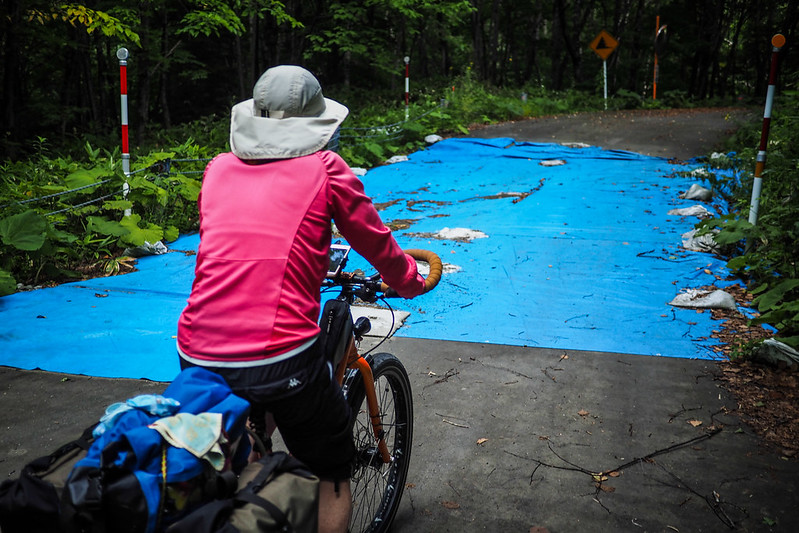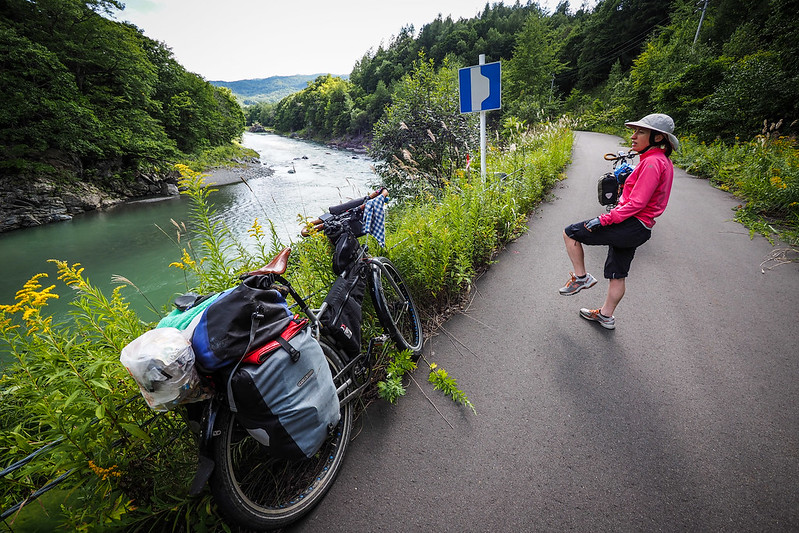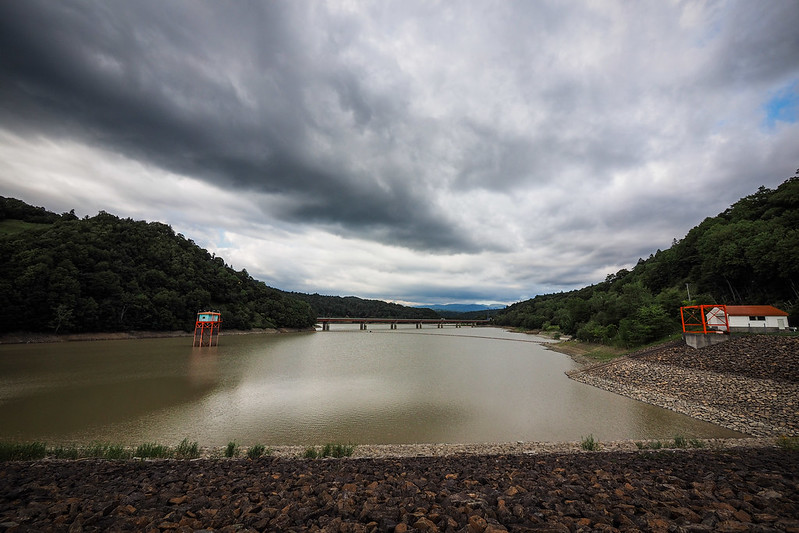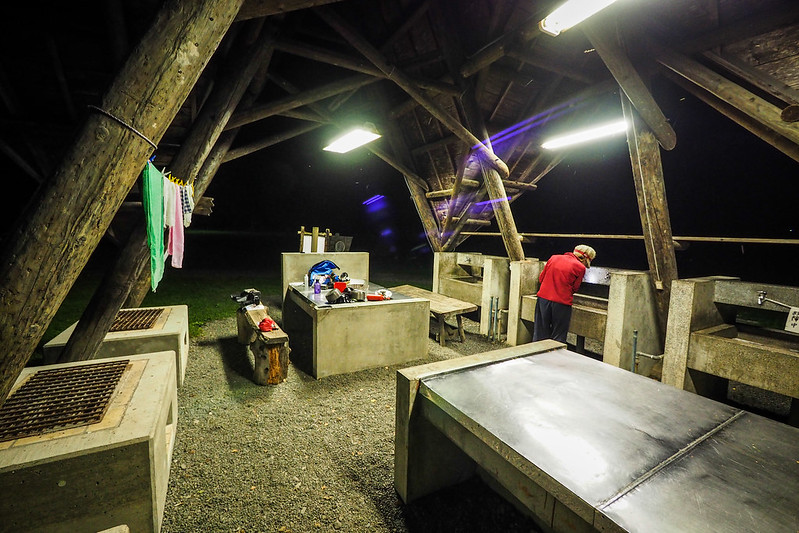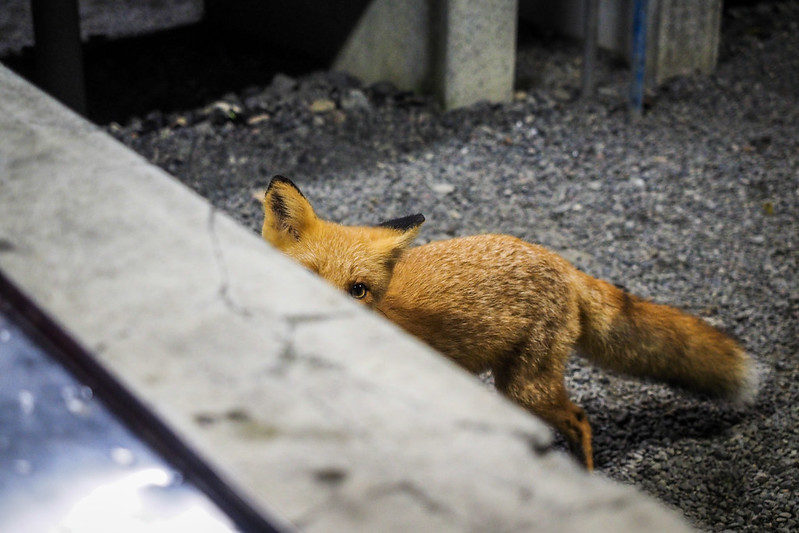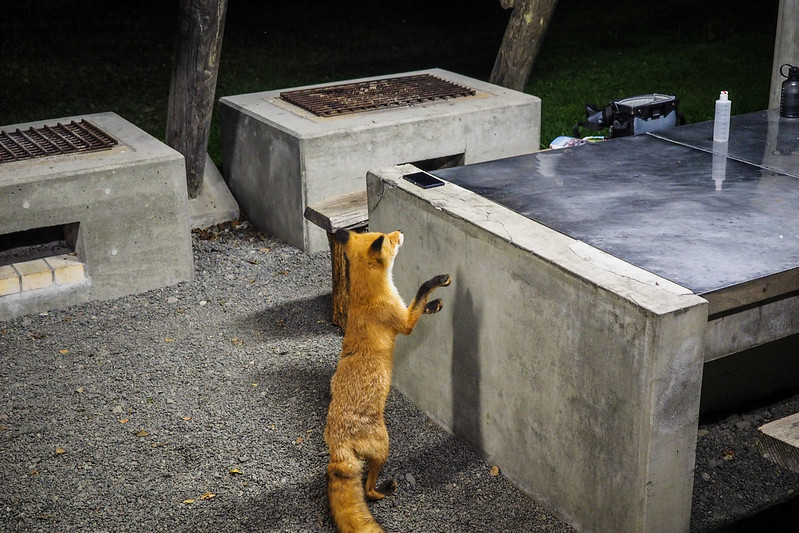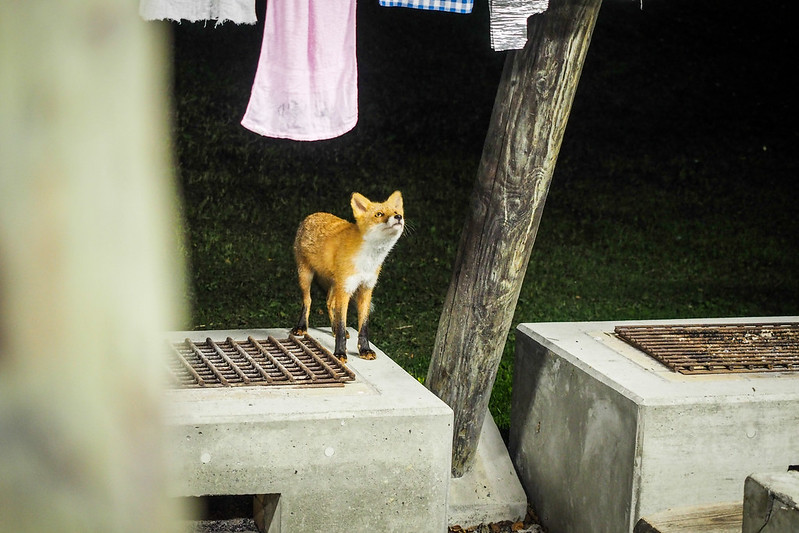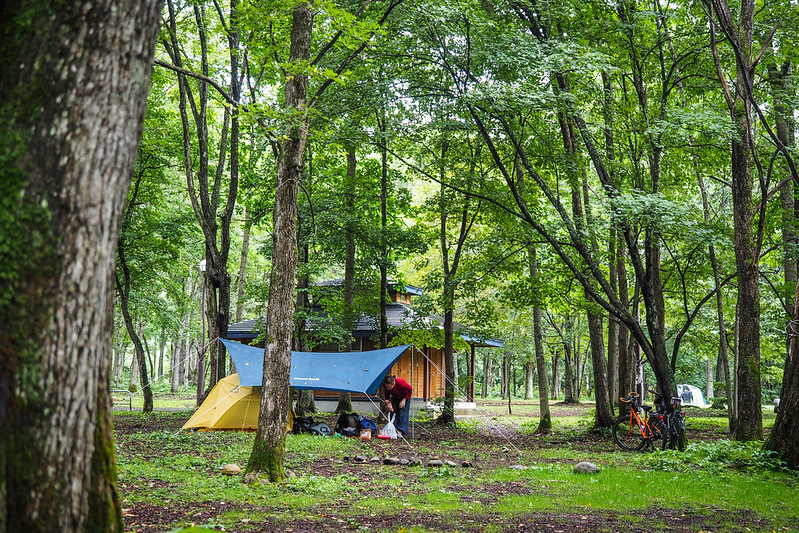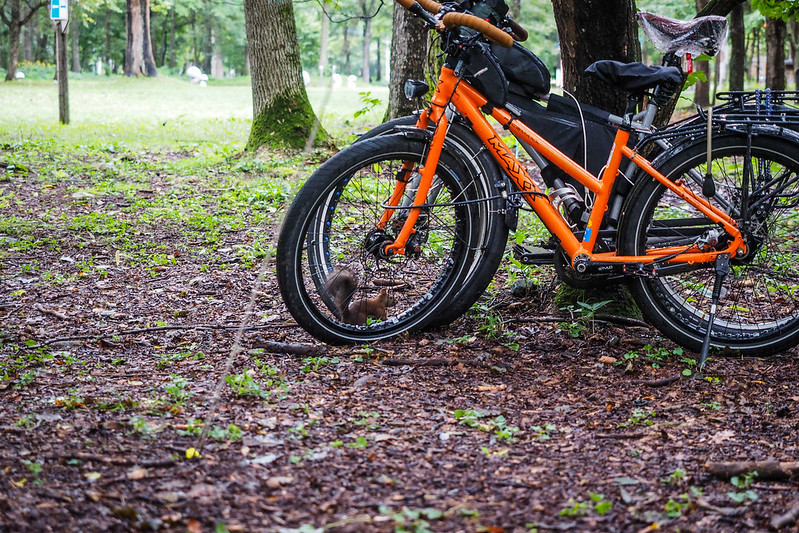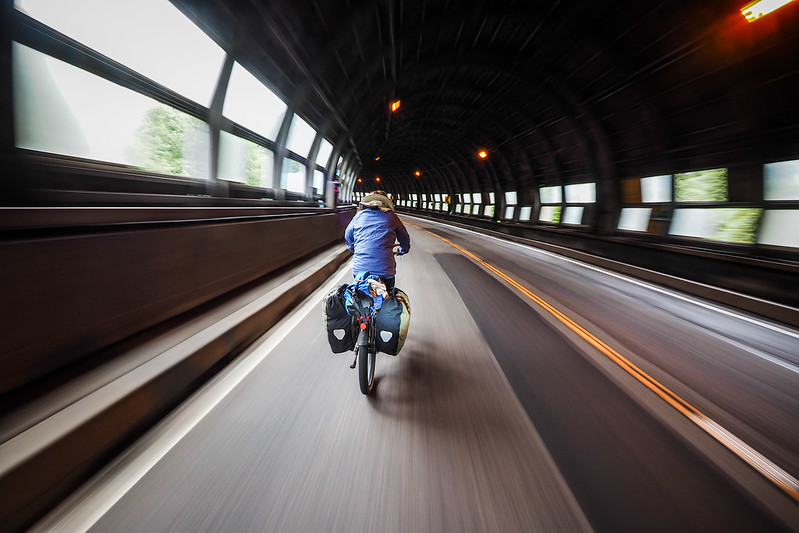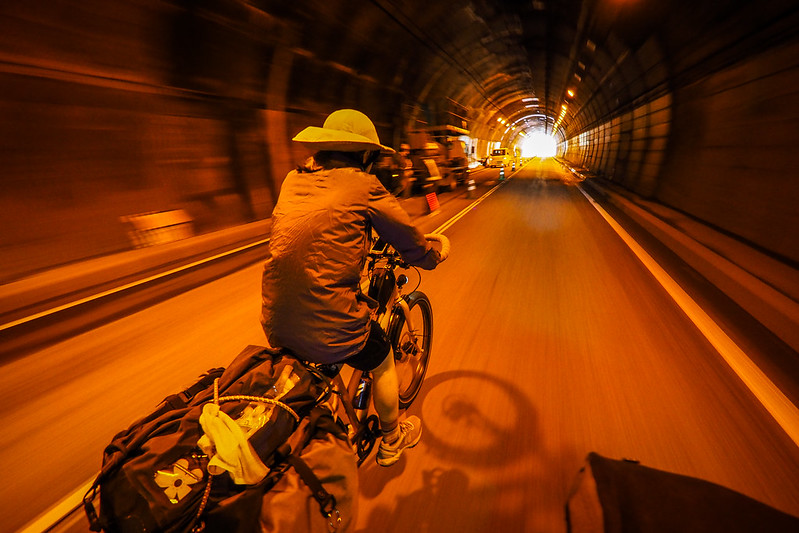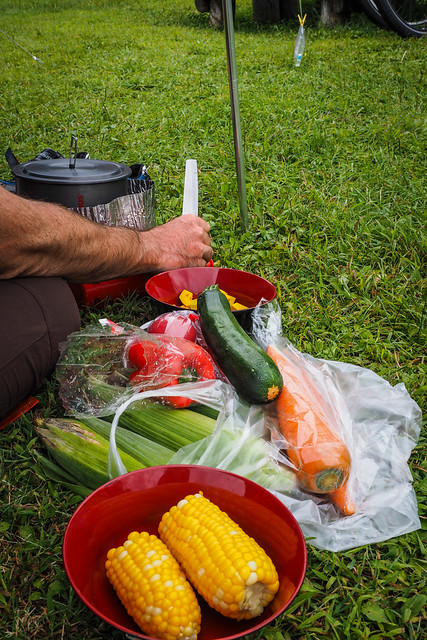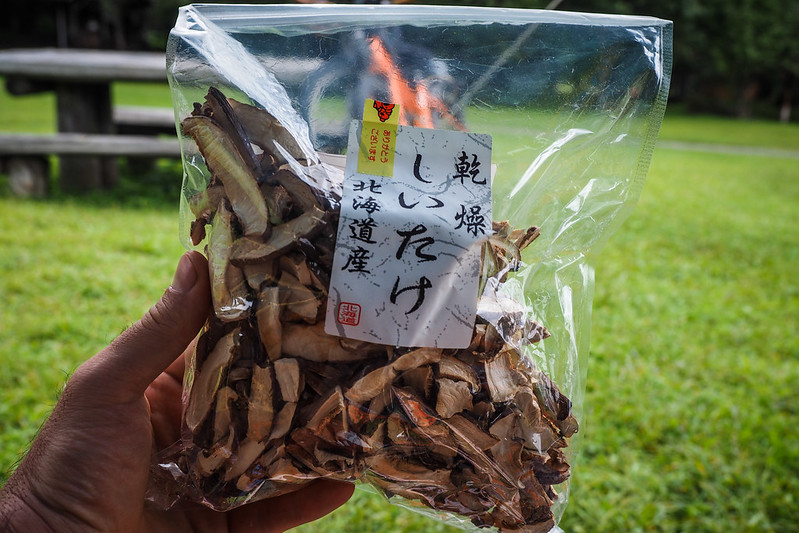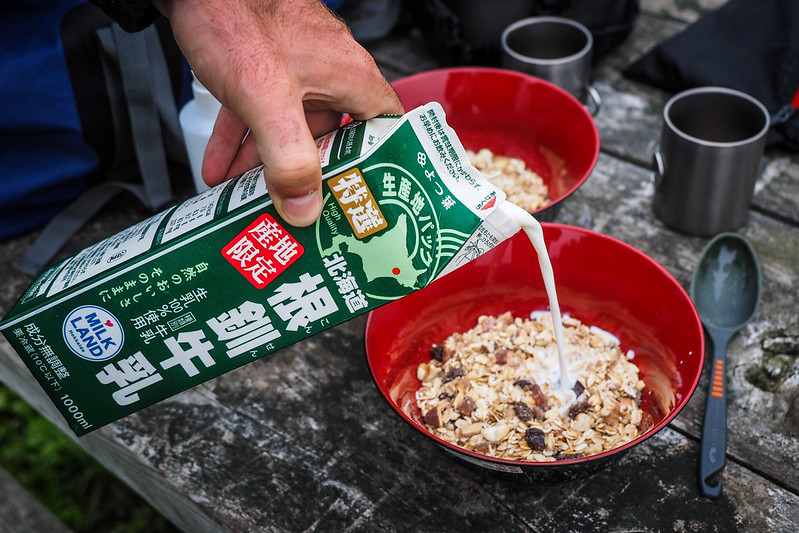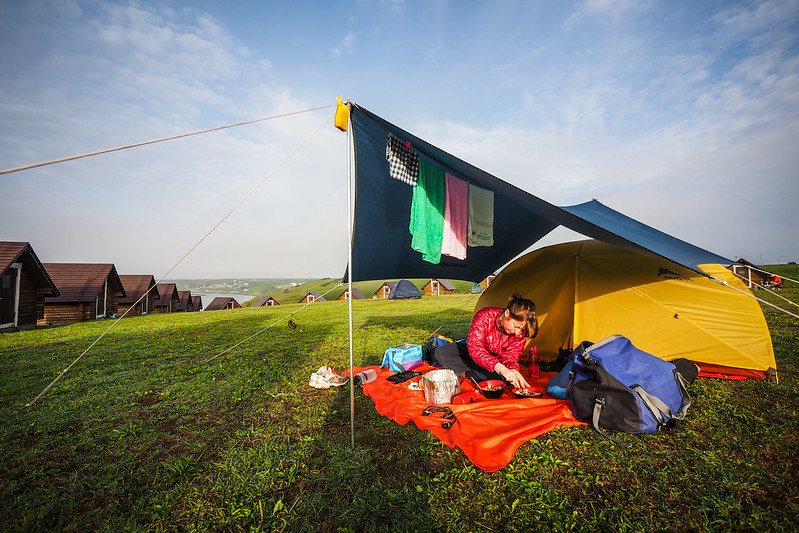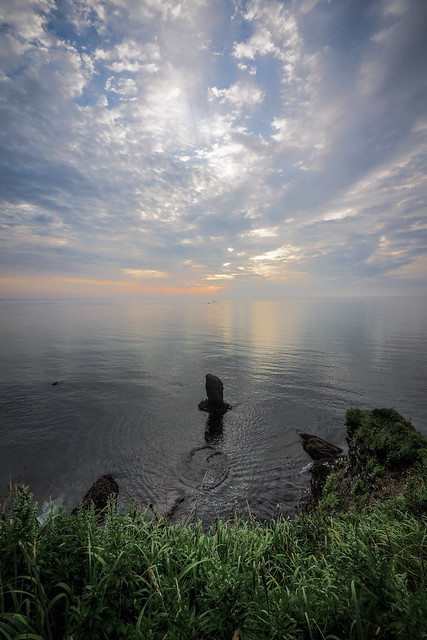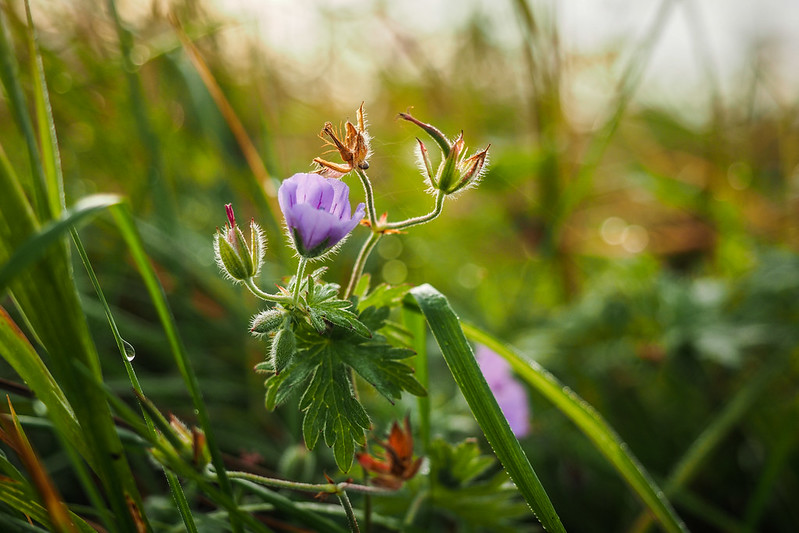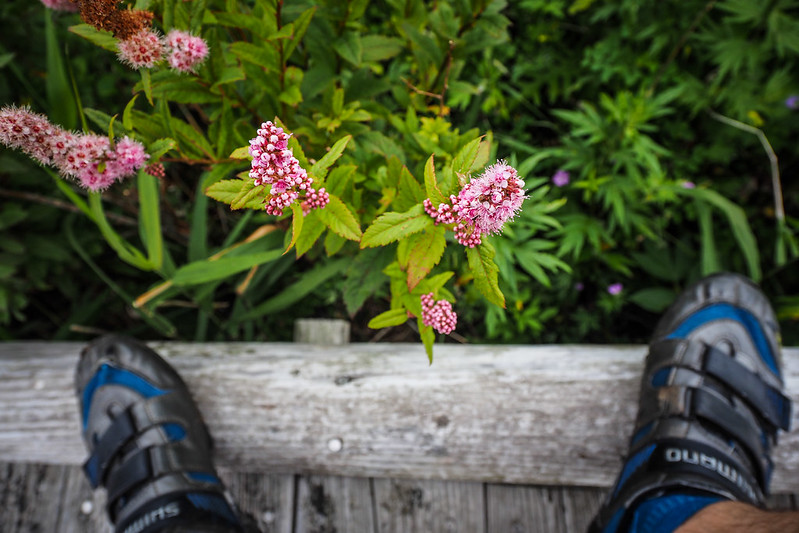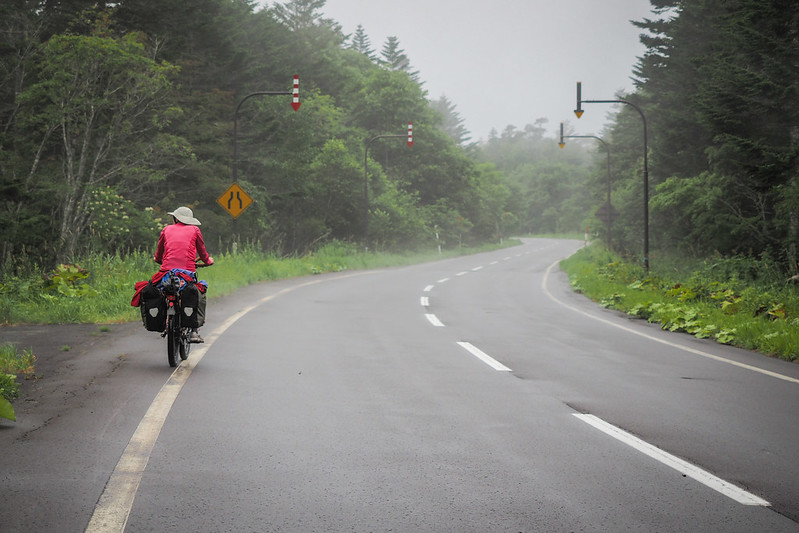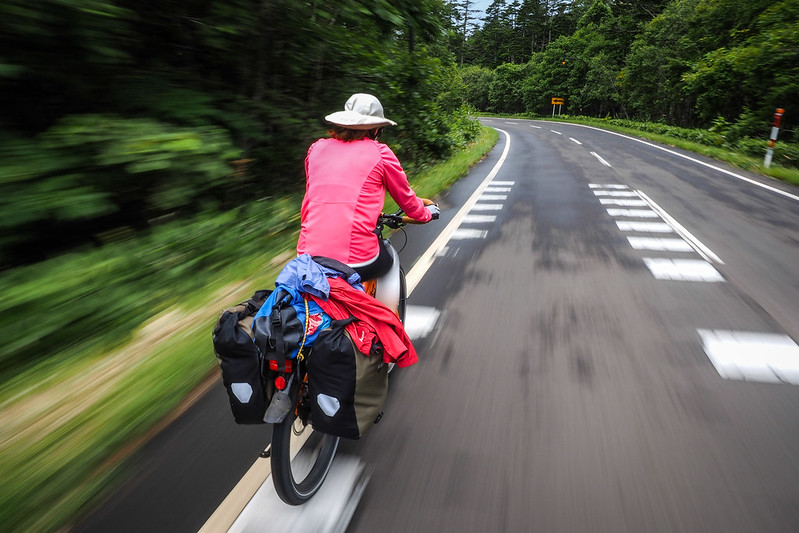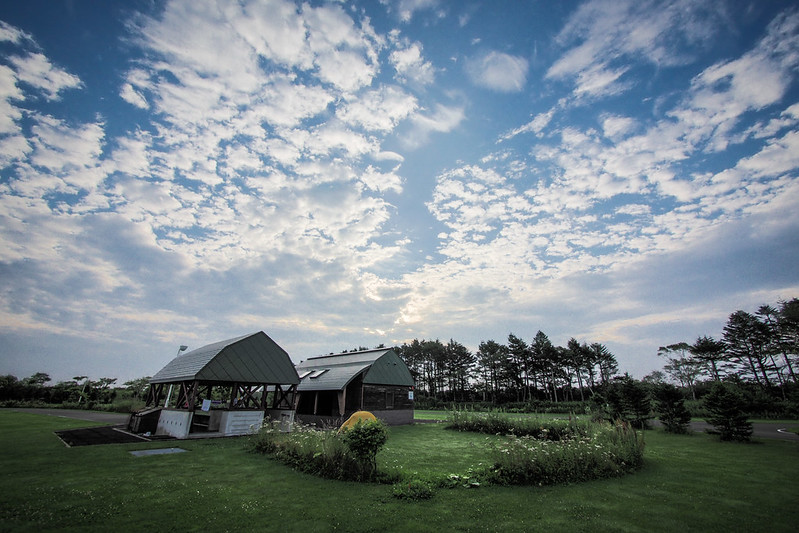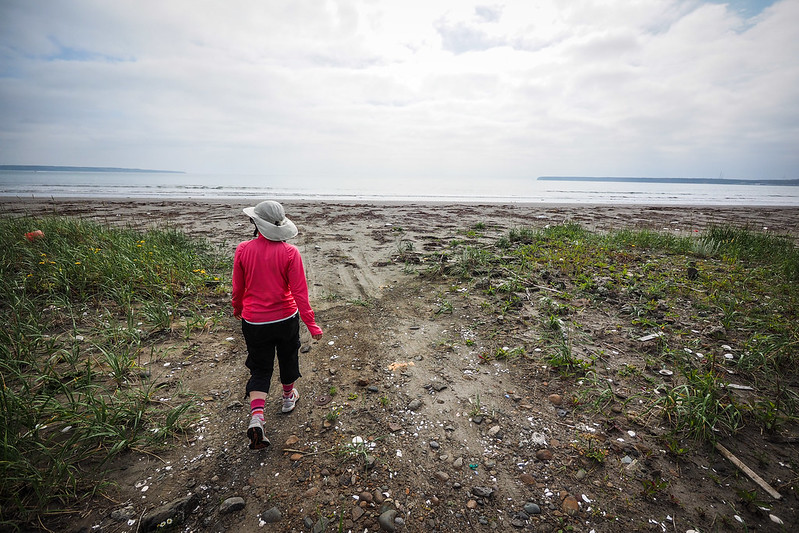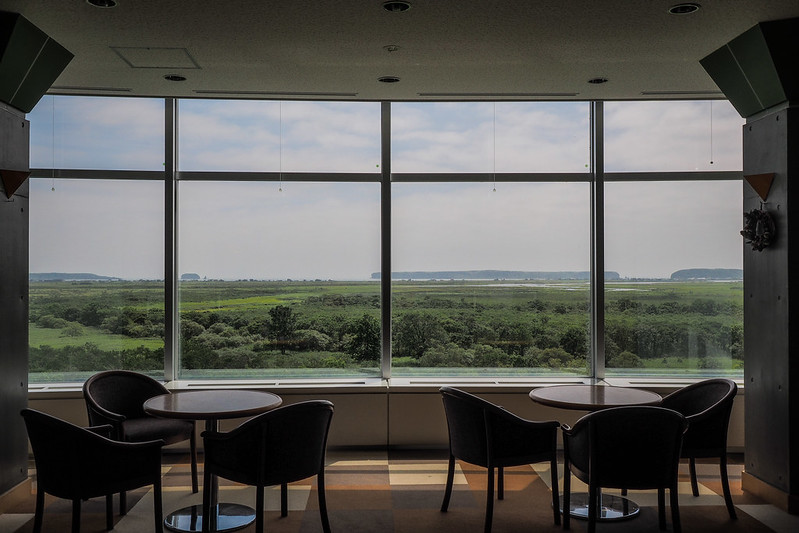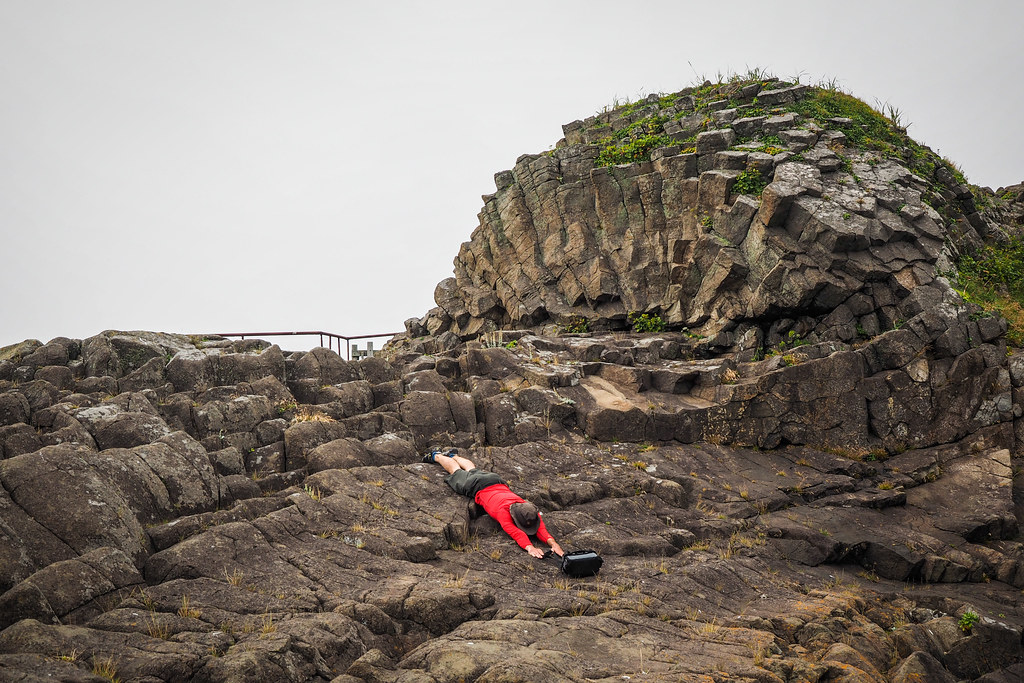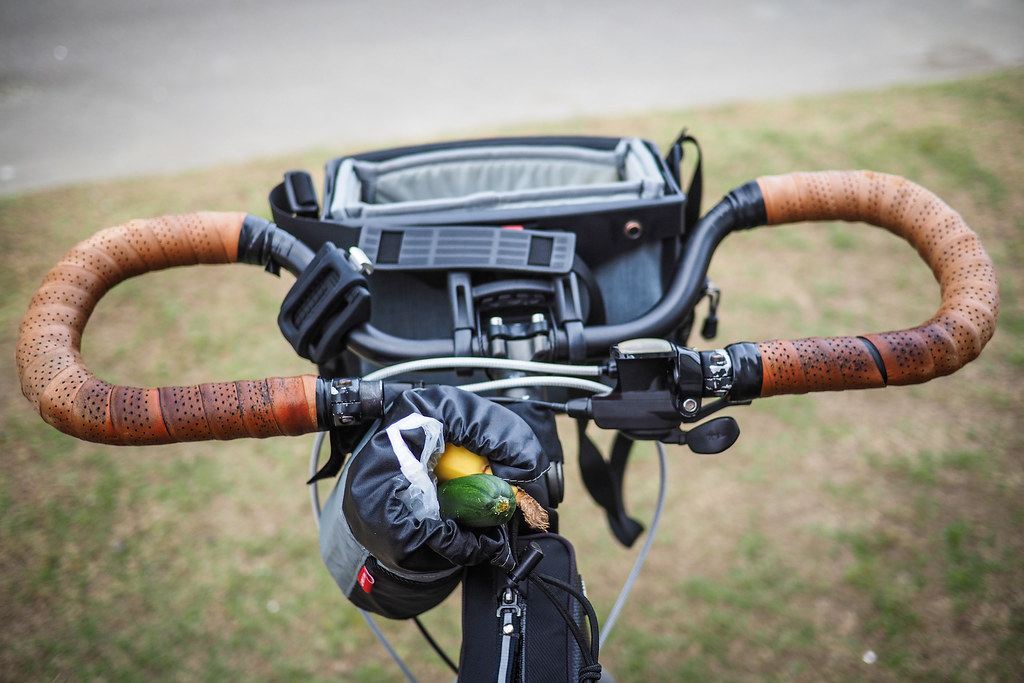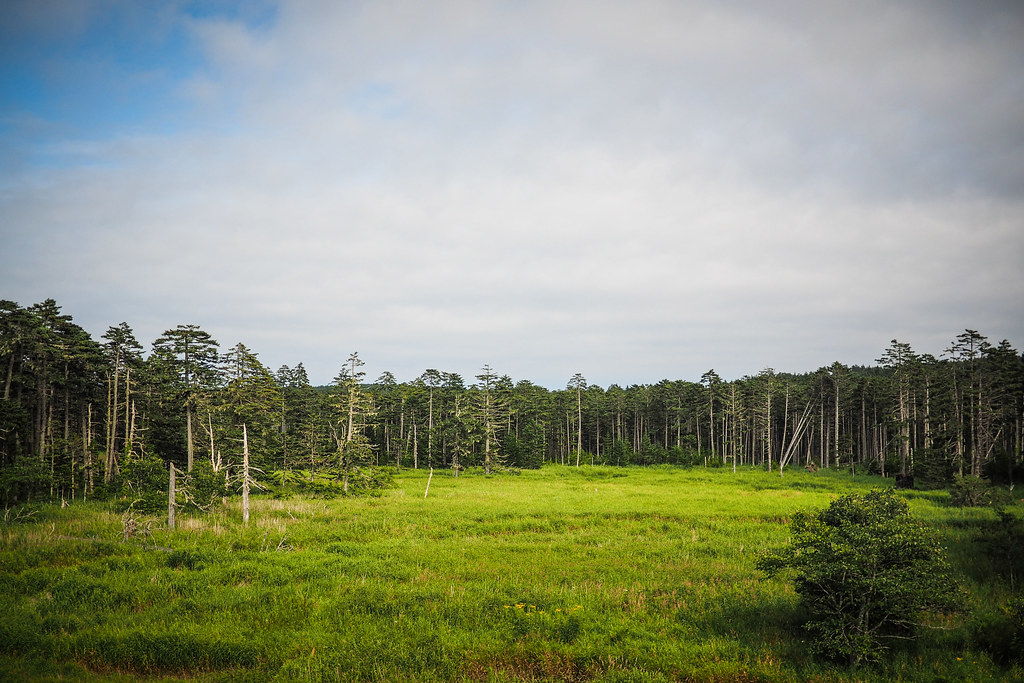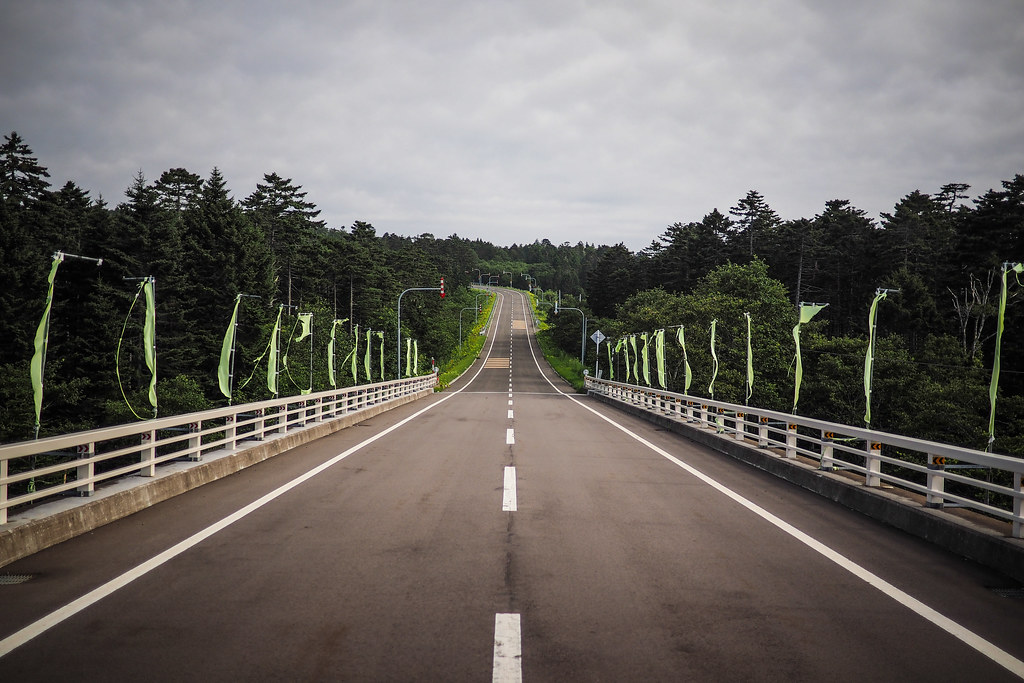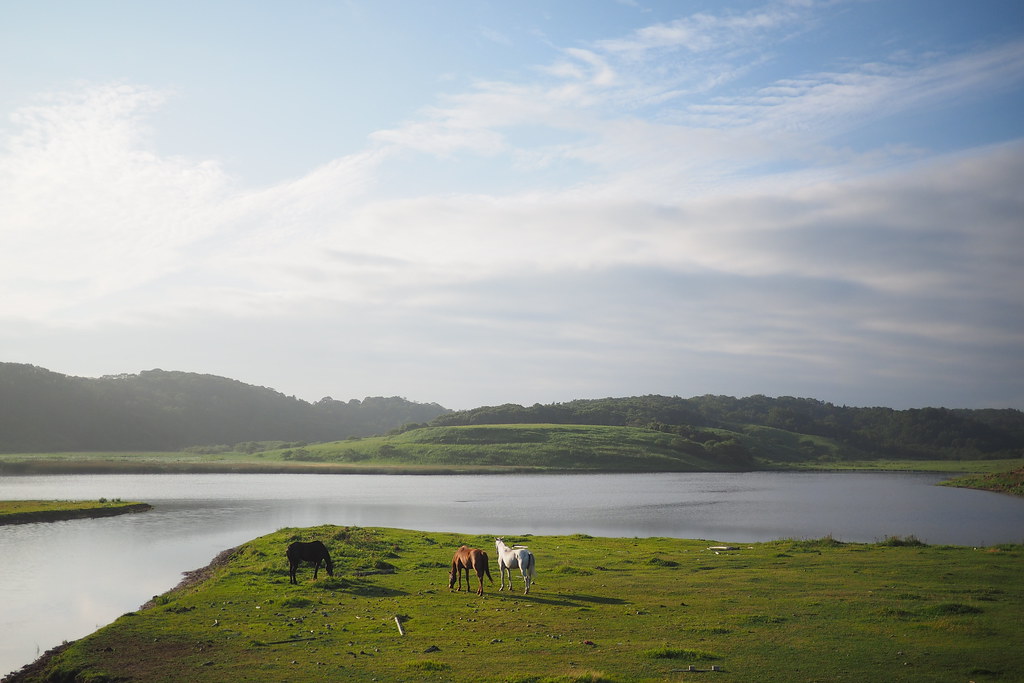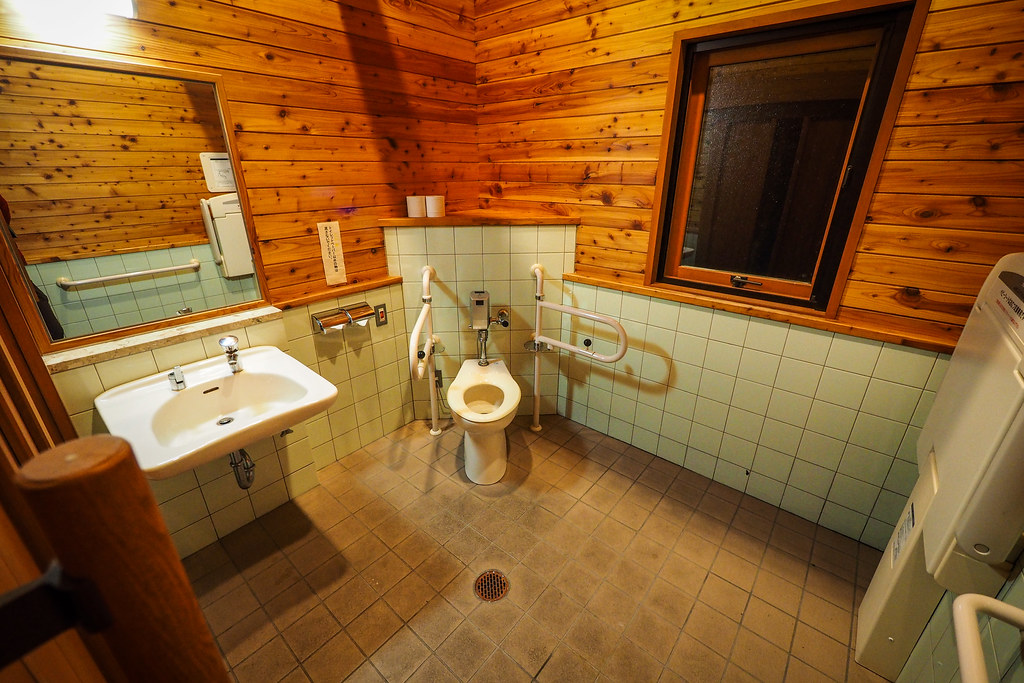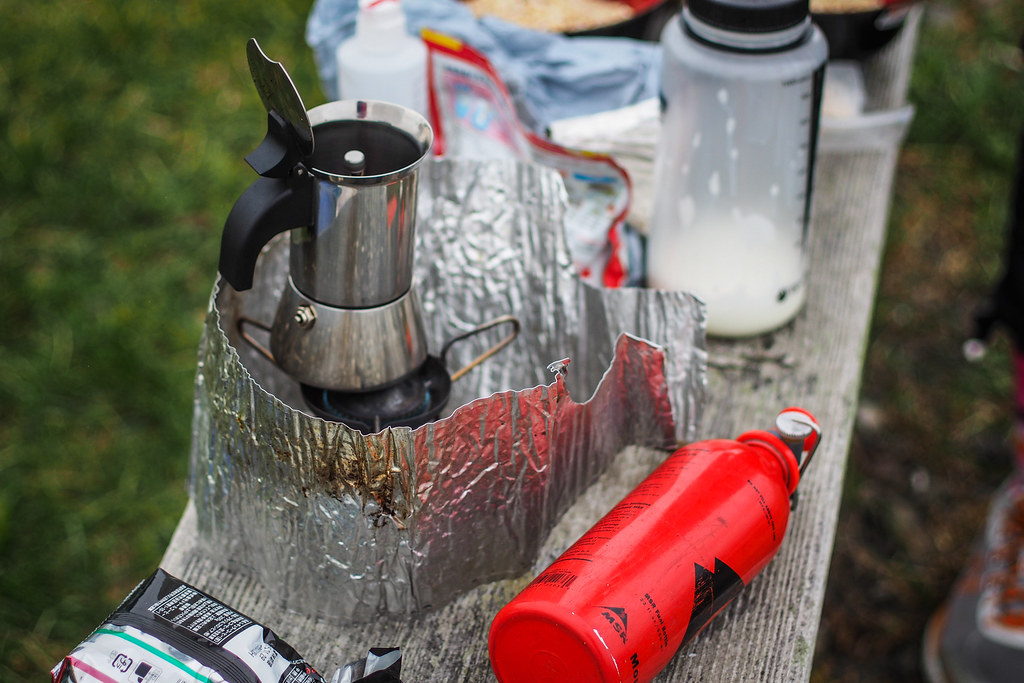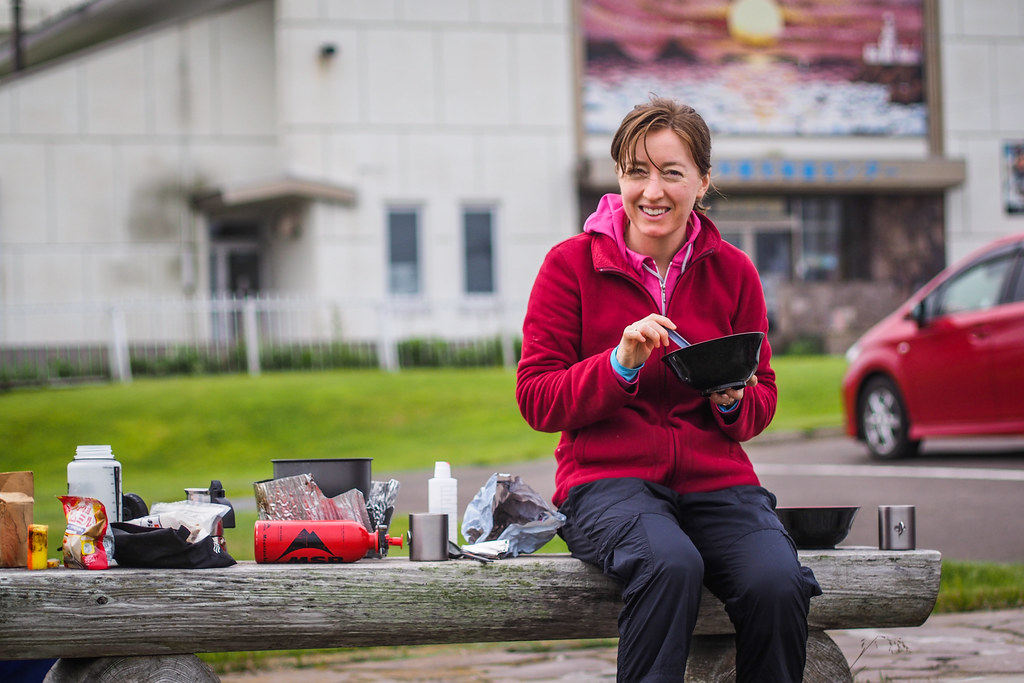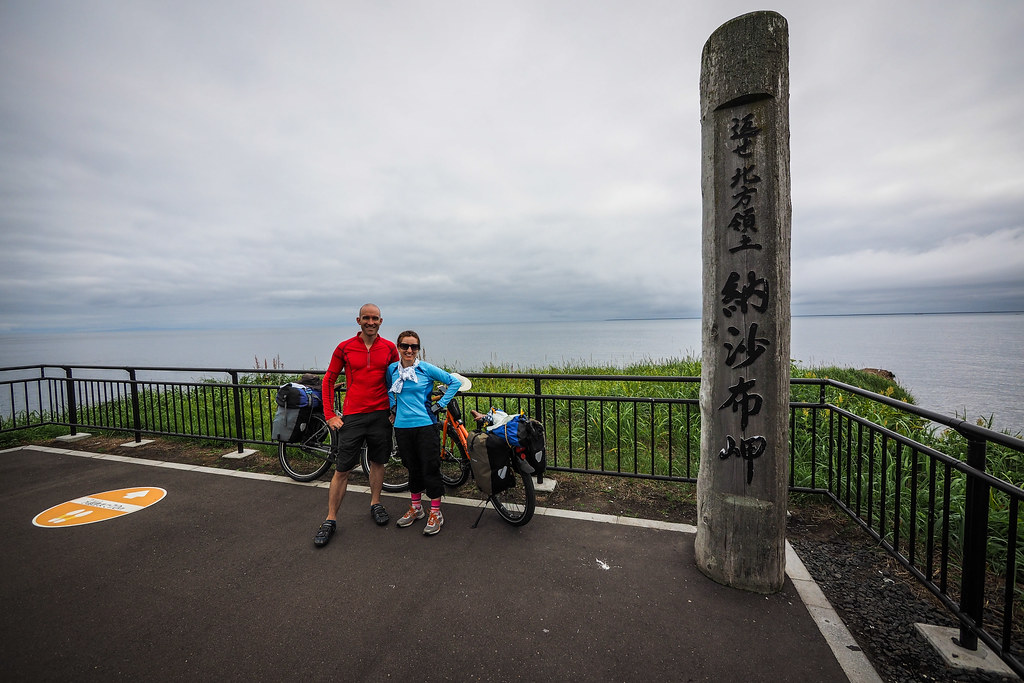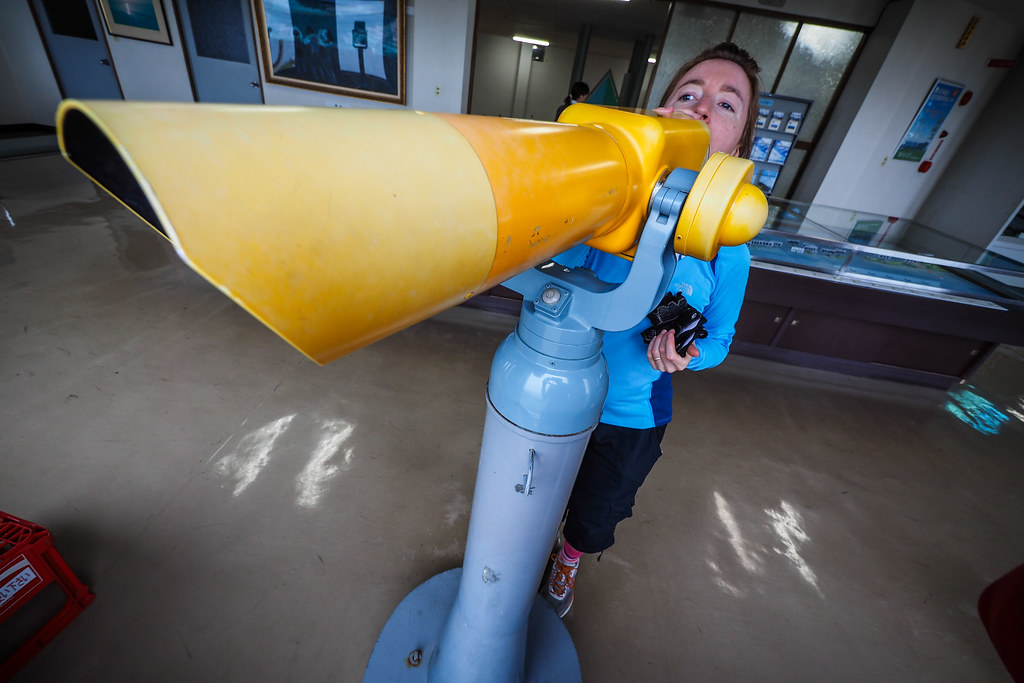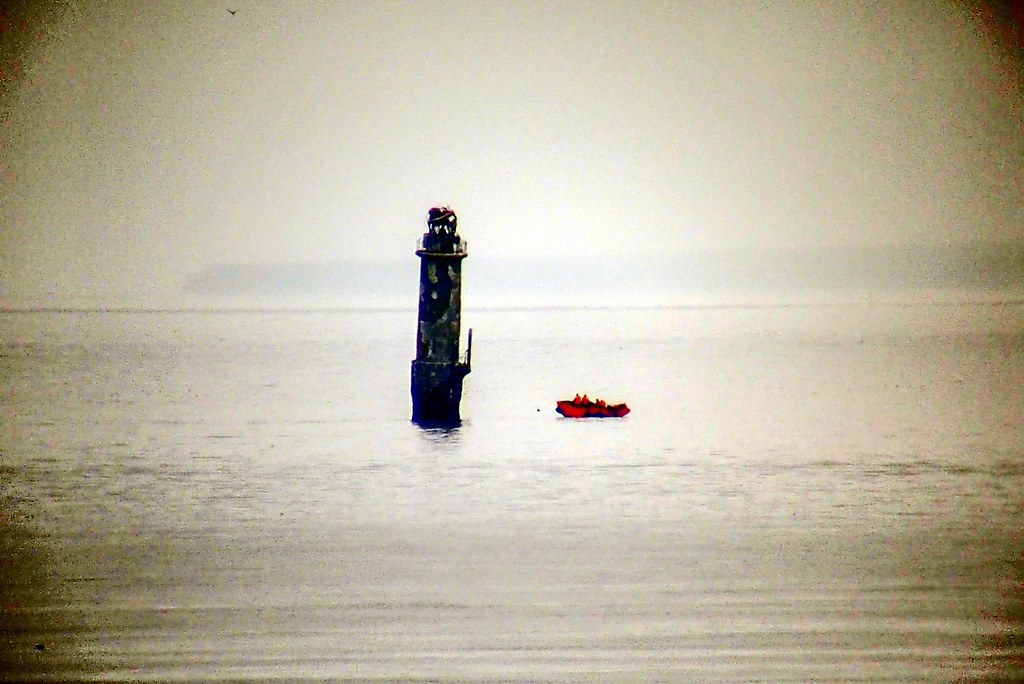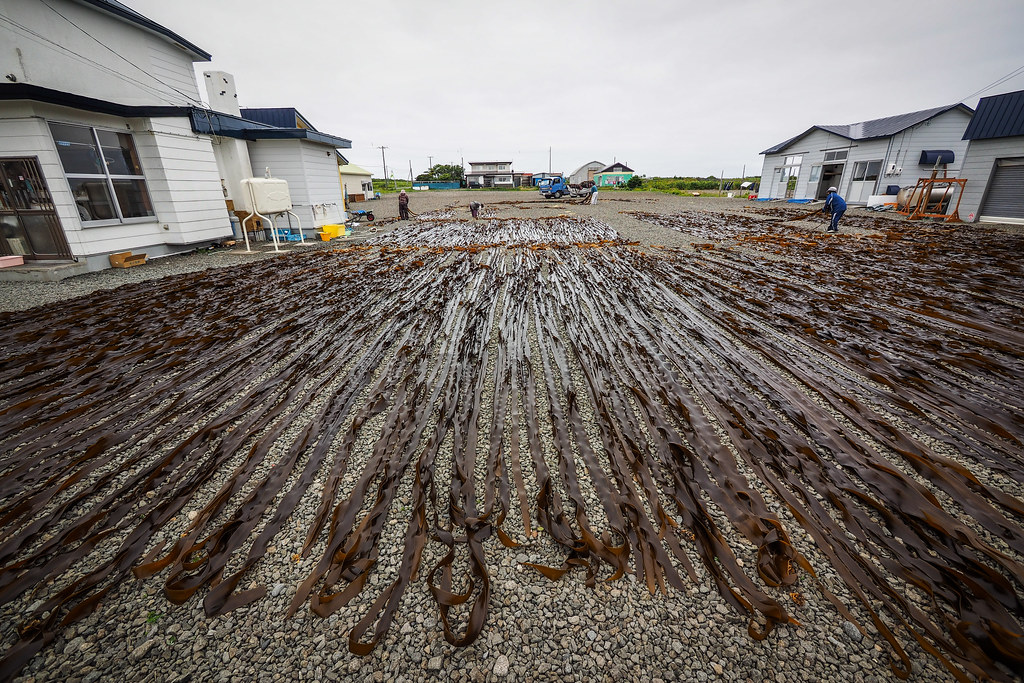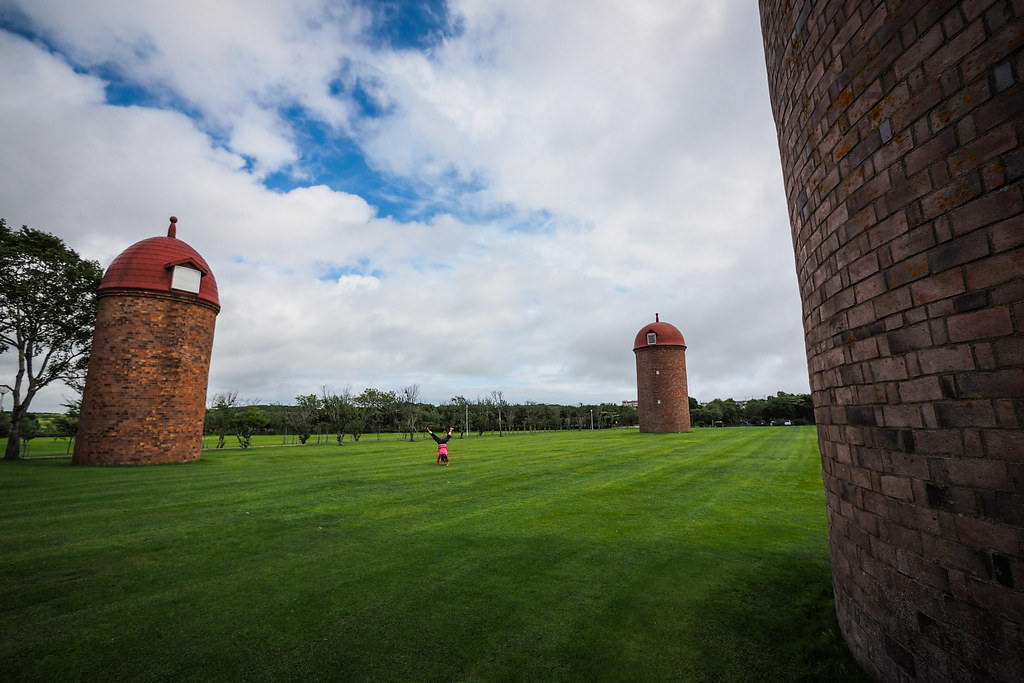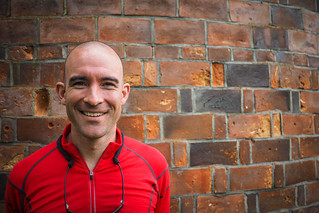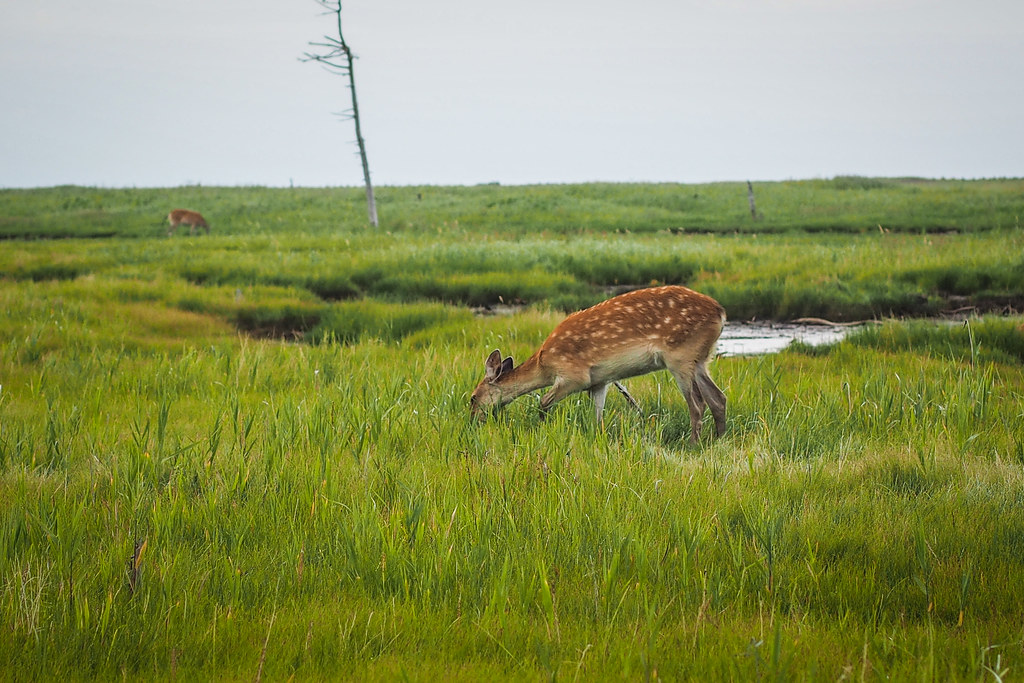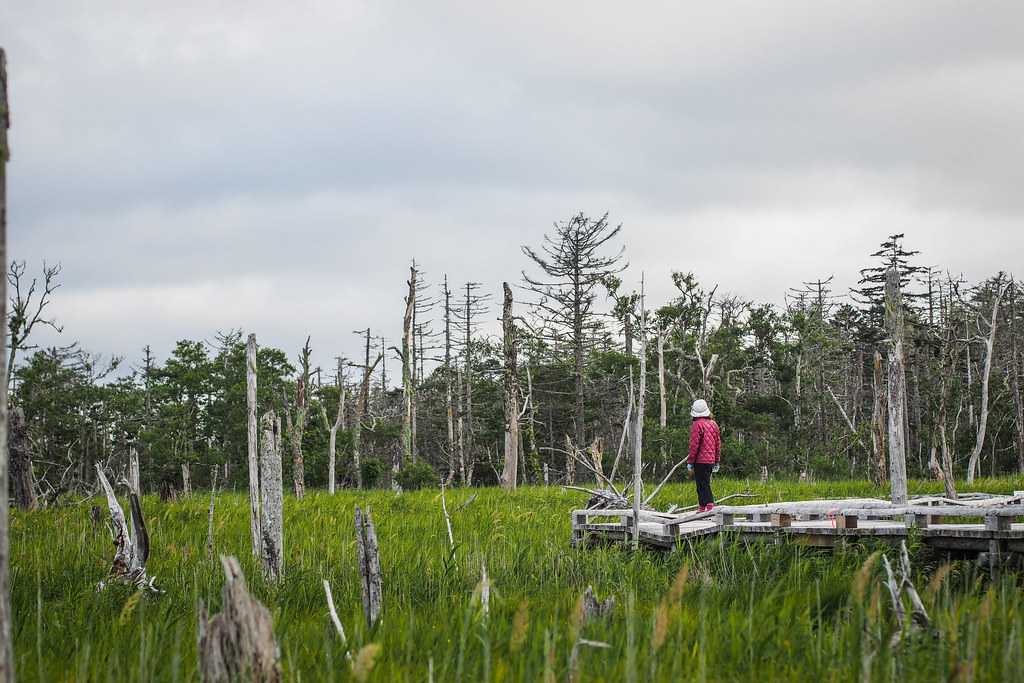A few months back I traveled to southern Mexico for the International Association for Cross Cultural Psychology conference in San Cristobal de las Casas in the Chiapas region. I was there to do a couple of talks about my own research in Japan. It was a real fly-in fly-out sort of conference – I was only in Mexico for four days, three of which were taken up by the conference.
Despite the really tight schedule, I decided to take my Tern Verge S27h folding bike (in suitcase), so that I might find a little bit of time to explore the outer areas of the city of San Cristobal de las Casas. Sitting in the terminal building at Mexico City airport, waiting for my fourth flight in order to get to the Chiapas region from Japan, I was feeling impatient…itching to jump on a bike for a first ever bike ride in Central America.
In the end all I did was a three-hour bike ride early in the morning on the first day of the conference: up before dawn and back in time for the first speaker at 9am. Accordingly, the city was still well and truly asleep by the time I got out in the morning.
I followed a few deserted streets out until I hit dirt roads, and carried on towards the outer east-side of the city.
By around 6:30am the outskirts of the city were waking up. Cheerful locals, all heading in the direction of the center of the city greeted me as I cycled past.
I took the chance to take a few pics of the way I had the bike set up for this very bare-bones trip. No rear rack for this trip…just the bare essentials.
As always, the Tern Verge S27h is great fun to ride on gravel. Despite the small wheels, the fat Schwalbe Big Apple 2.15 tires smooth out the bumps. Just watch out for potholes…they’ll swallow those small tires whole!
I back-tracked a little to the west, and took a northerly ring road around the city, and followed my nose up a steep hill to a spot overlooking the city. At an elevation of 2,200m above sea level, it was a brisk but clear morning.
Heading further up the hill, I found myself in largely indigenous locals’ areas…small farmlets and the smell of woodsmoke…and locals a little more stand-offish.
By this time it was getting close to 8:30am, and I had to high-tail it back to the conference venue for the first talk of the morning. The road I was on looped back downhill, back past a beautiful church, brilliant white against a quarry background.
From there it was a screaming downhill back to the city center, where I headed straight for the conference venue, arriving just in time for the start of the morning session. For which it seemed many registered participants had not bothered getting up!
The rest of the four days consisted of two presentations that I had been accepted for, and listening to some other great research by others in the cross-cultural psychology field. Along with, of course, plenty of opportunities to network and make new friends and collaborations, whether it be over a civilized dinner…
Or over shots of home-made smoked tequila…this stuff tasted more or less like the smell of the fuel I put in my alcohol stove….
Overall it was a great few days which left me wanting to get back to this area of the world for a more thorough exploration by bike.







